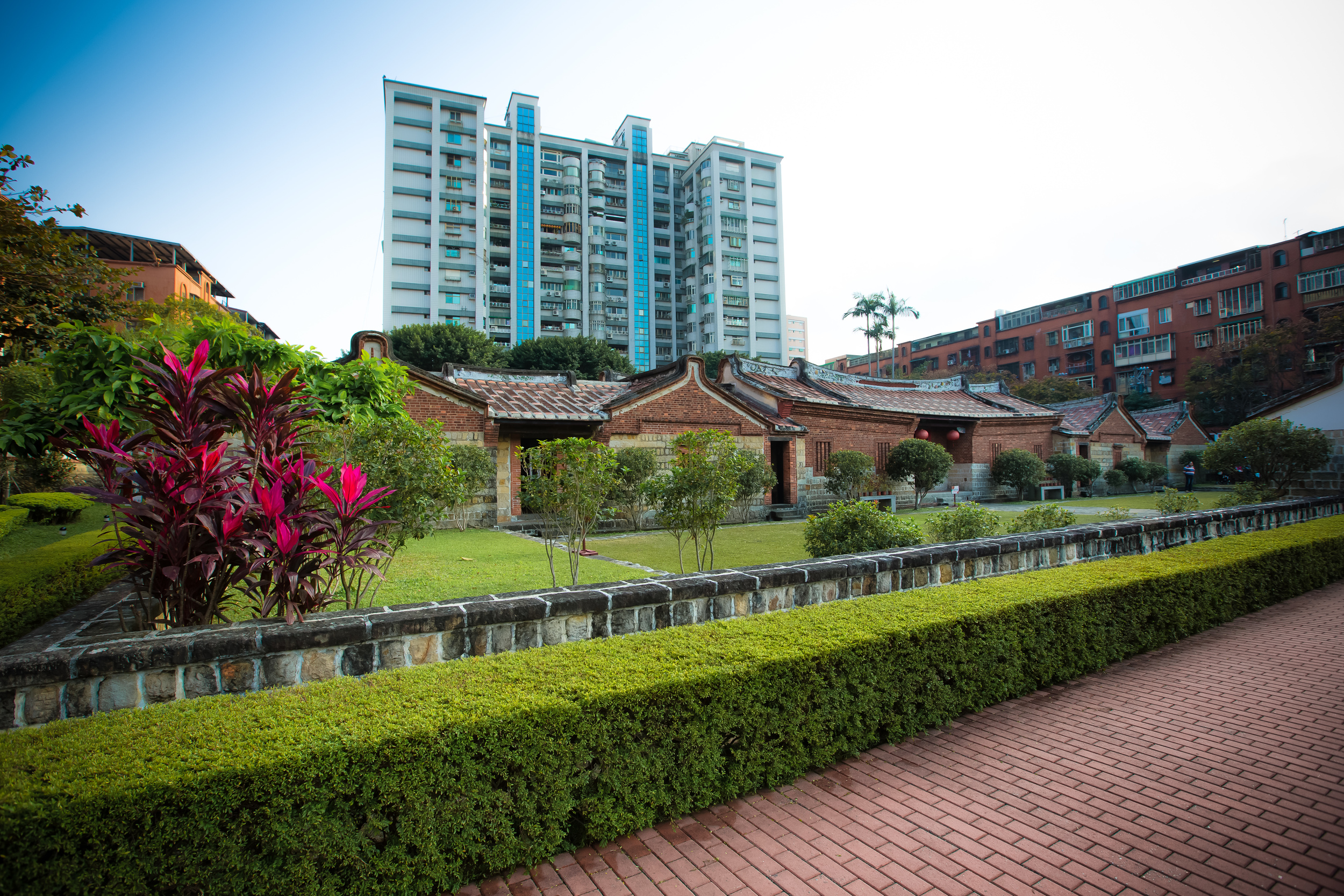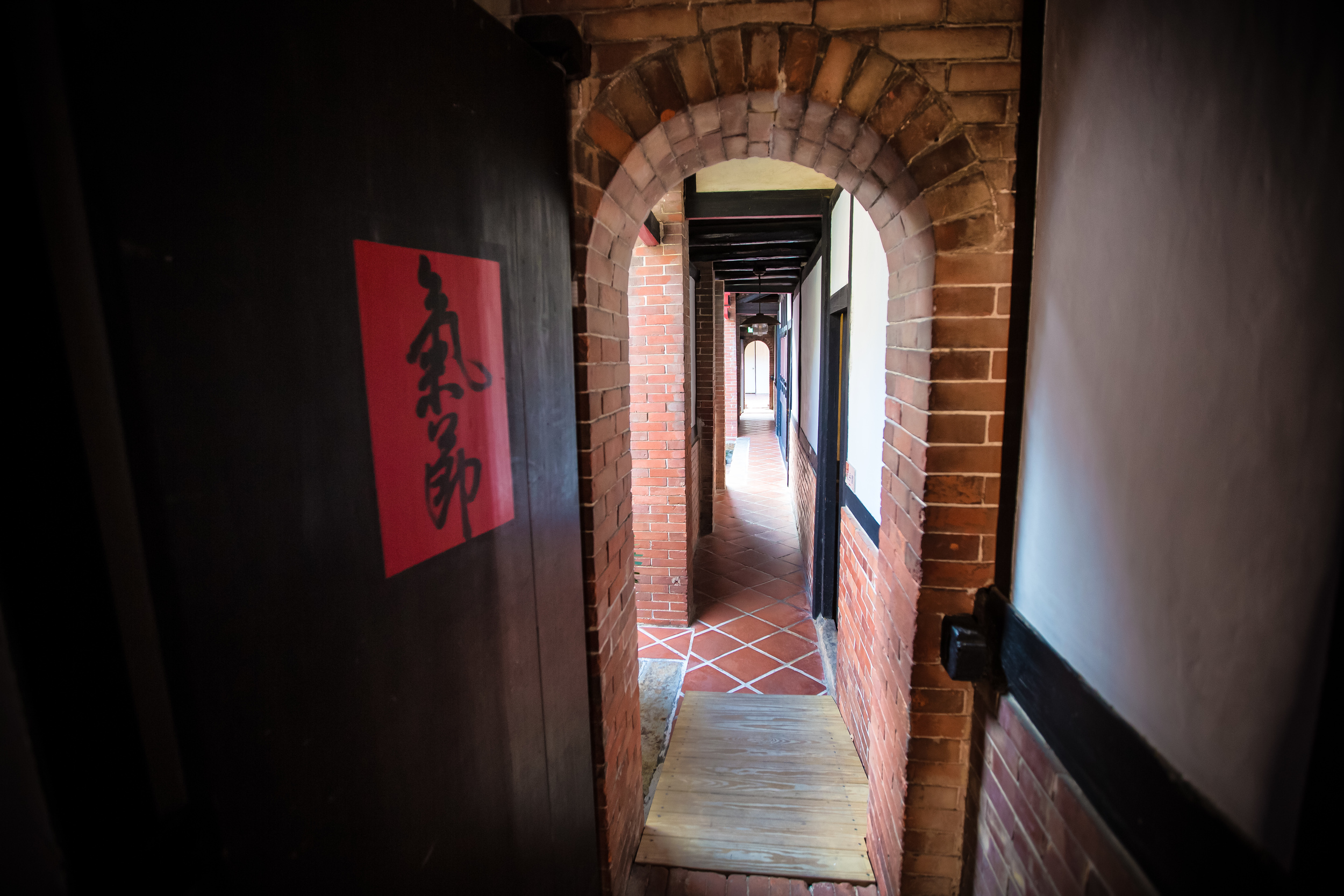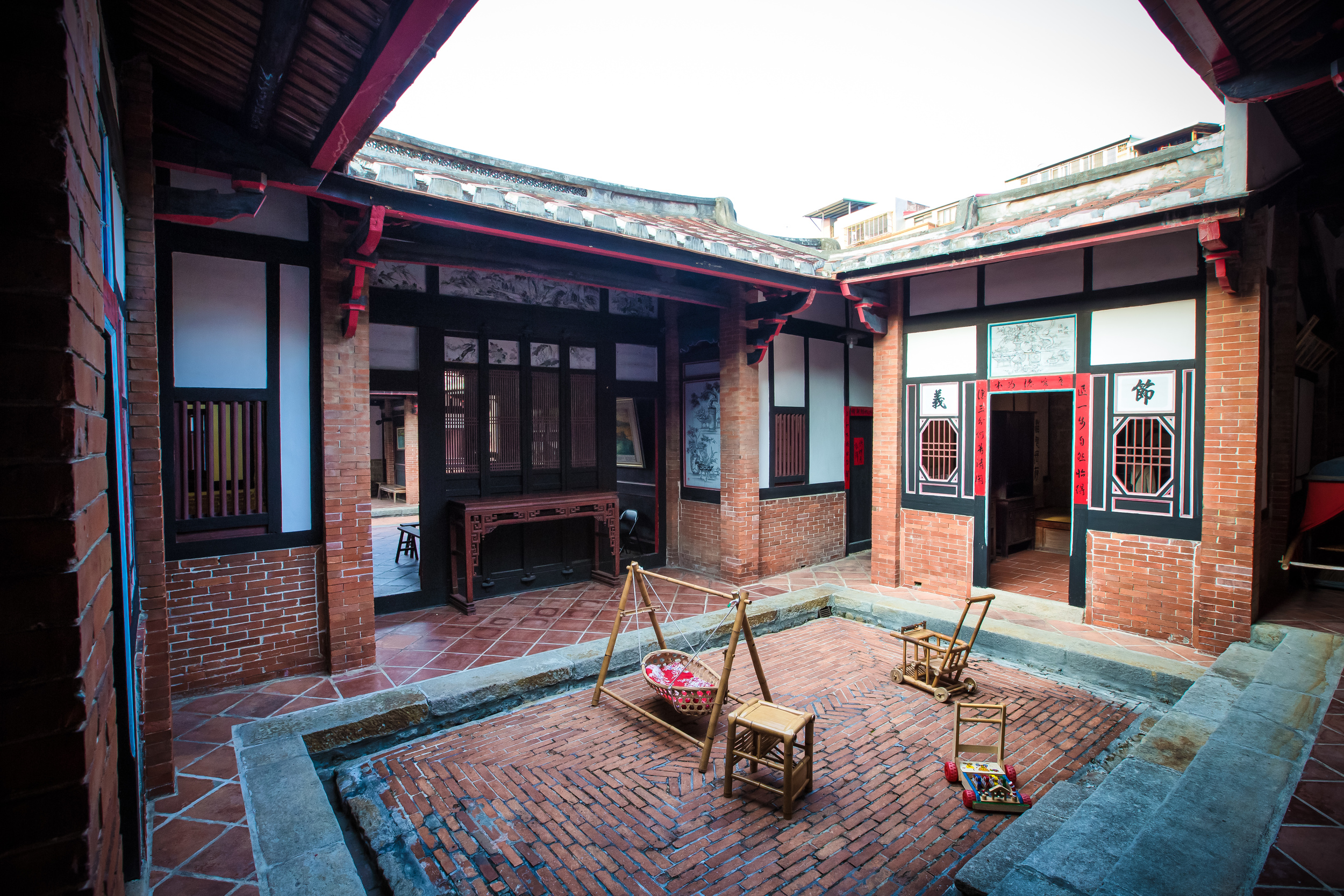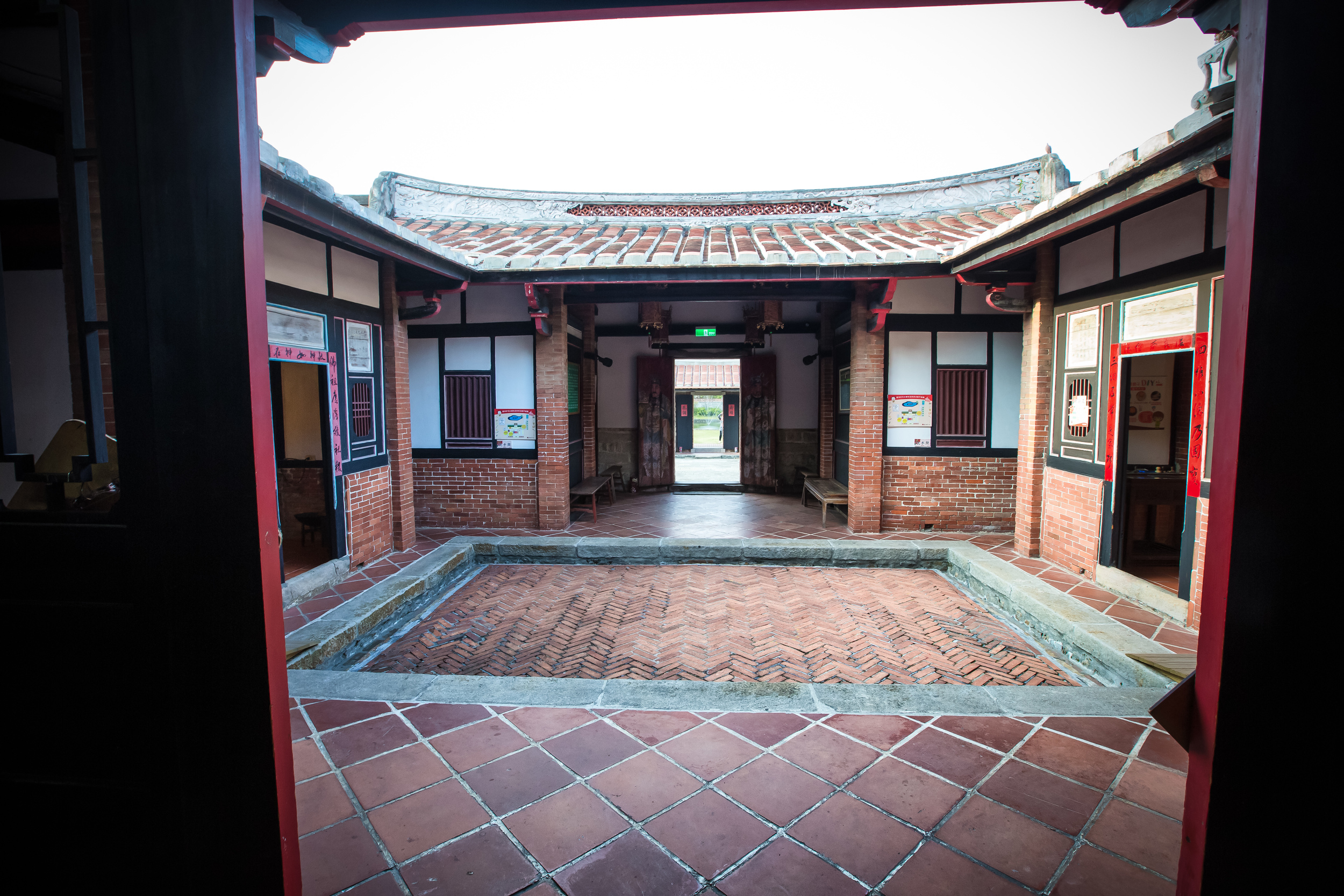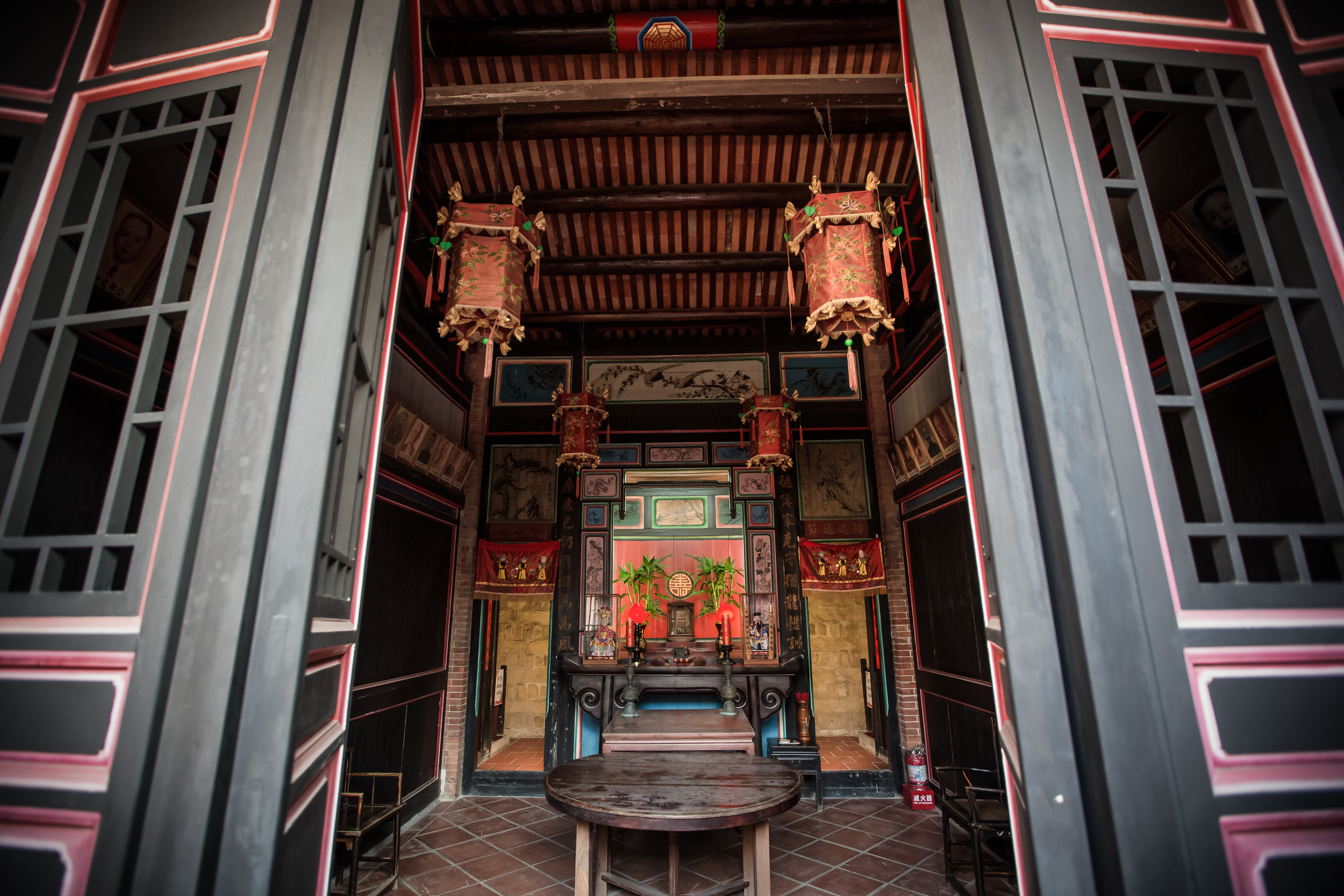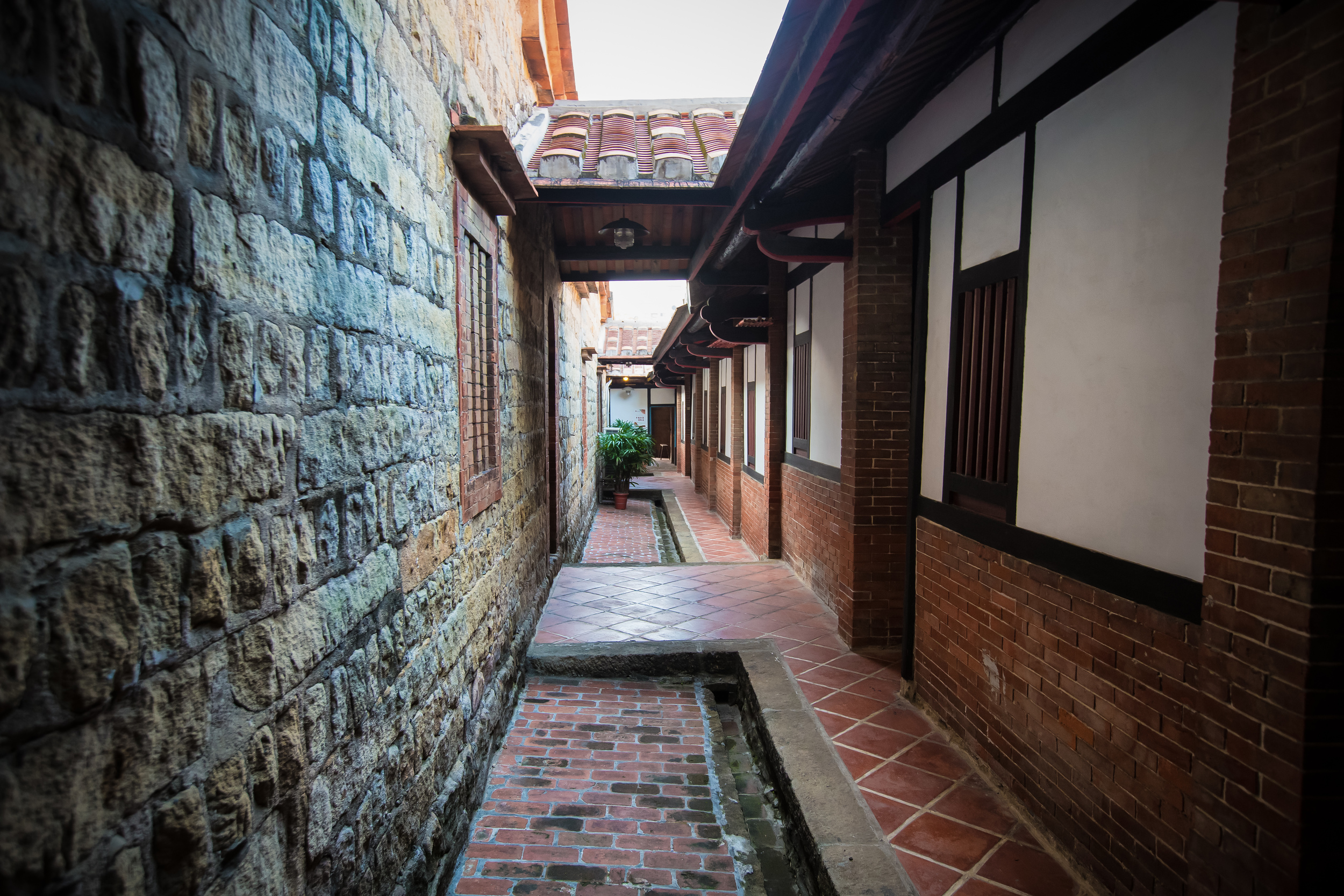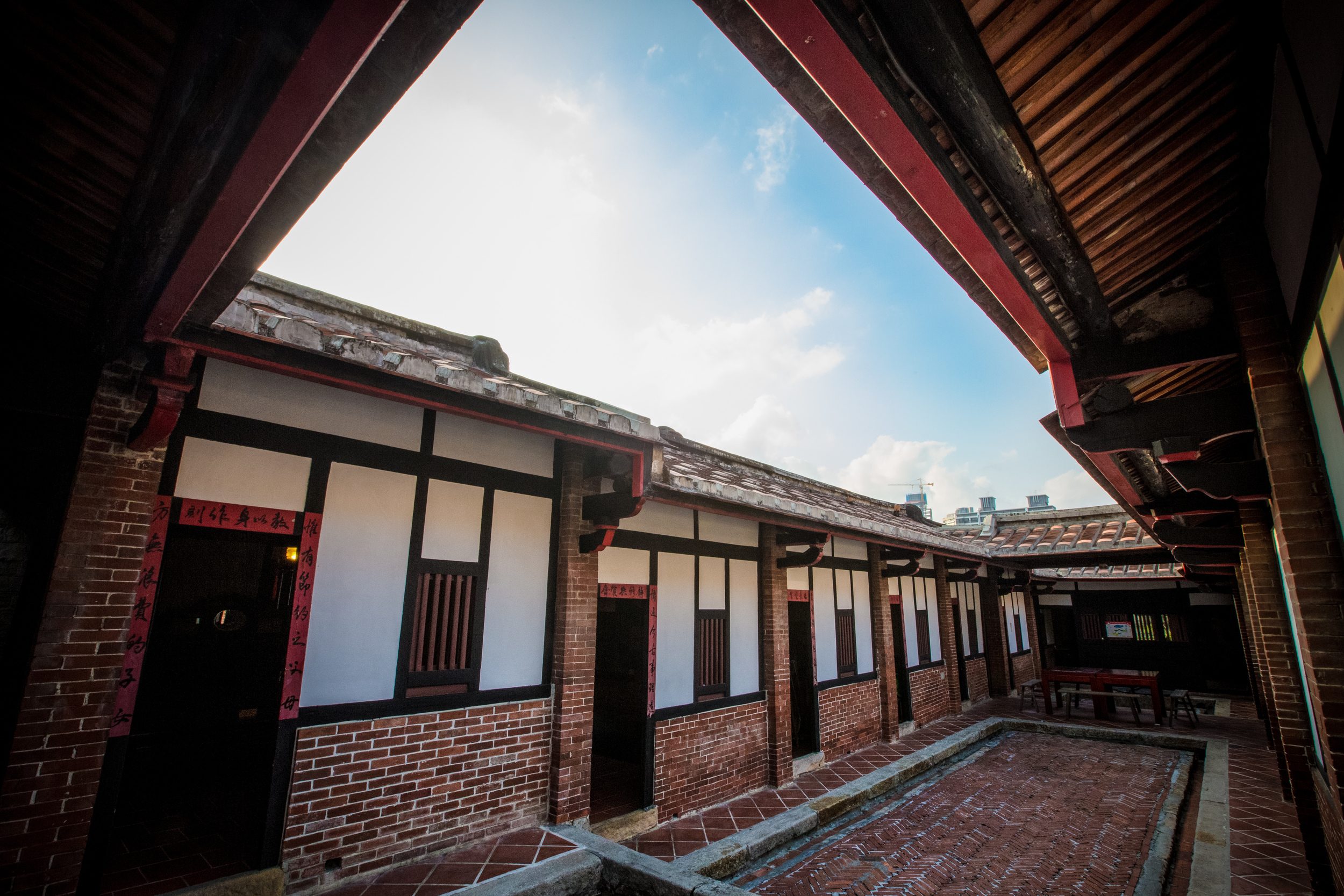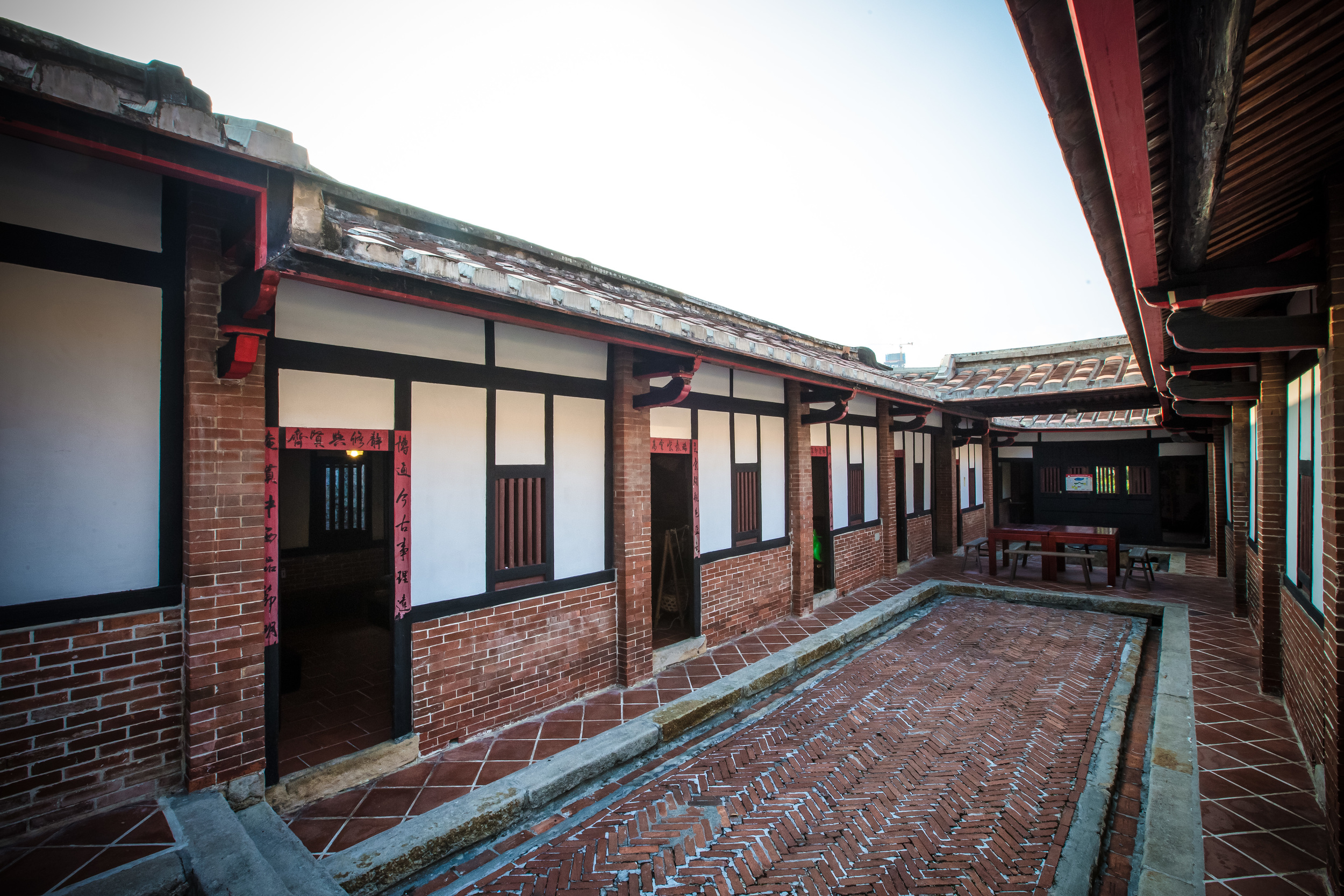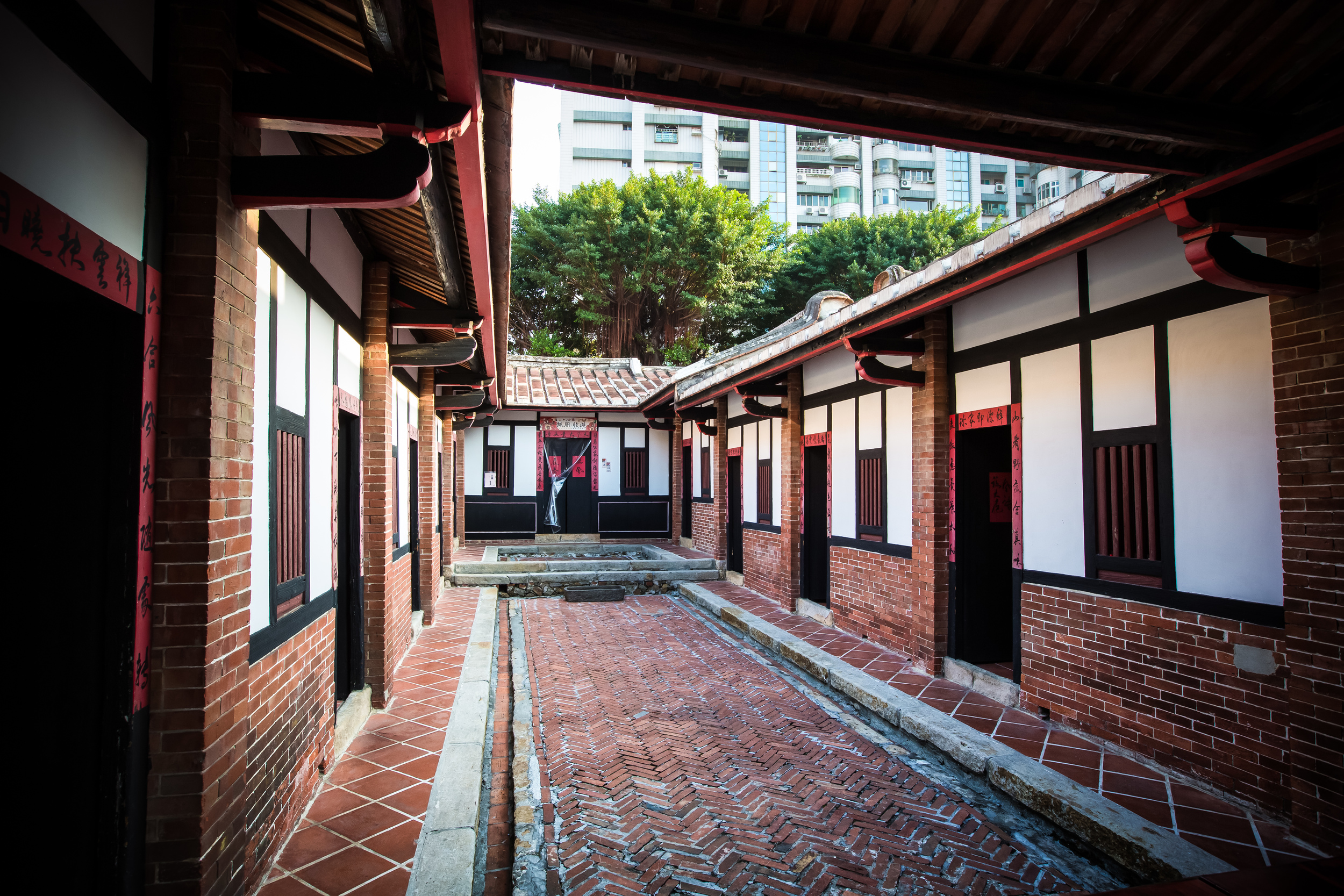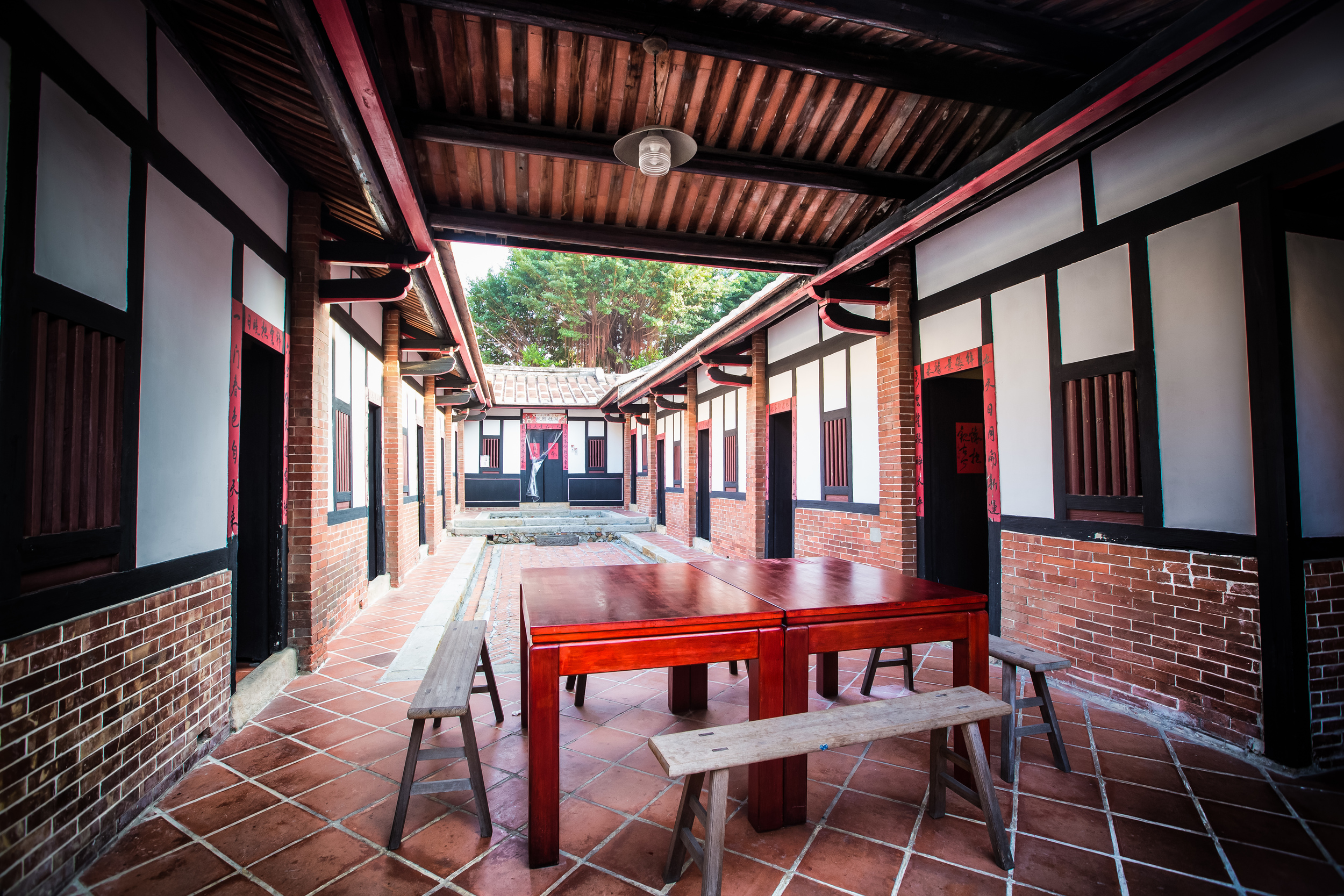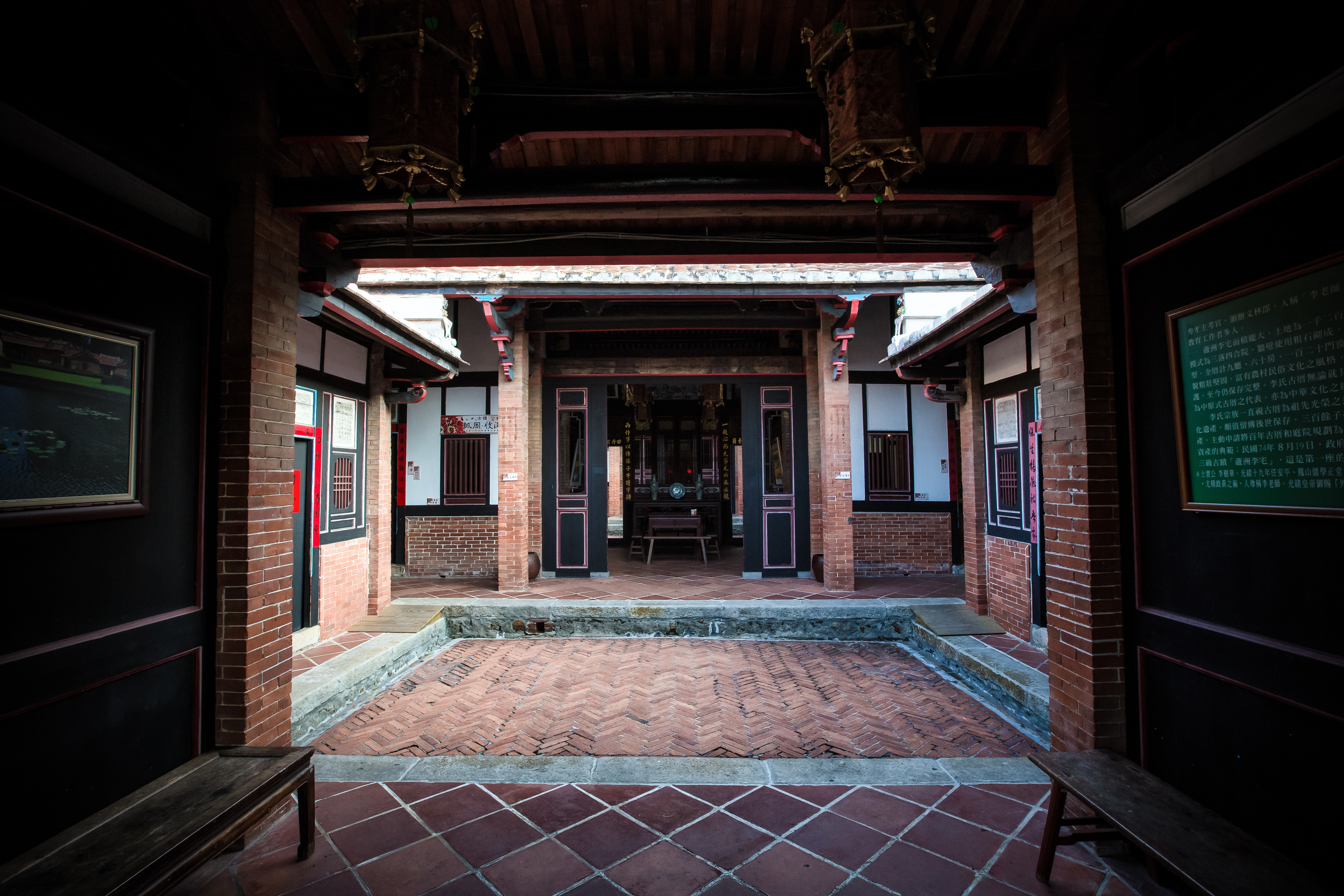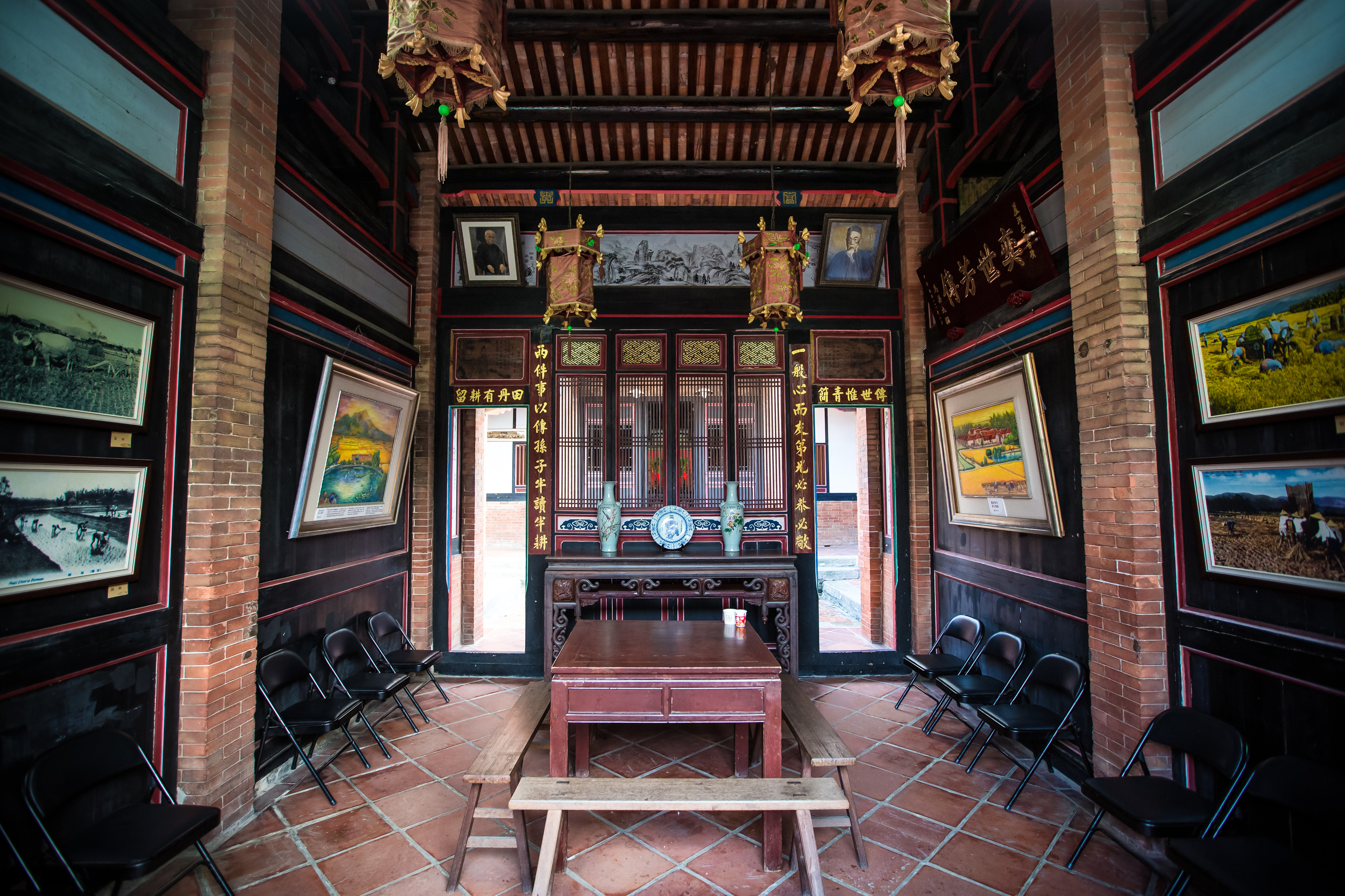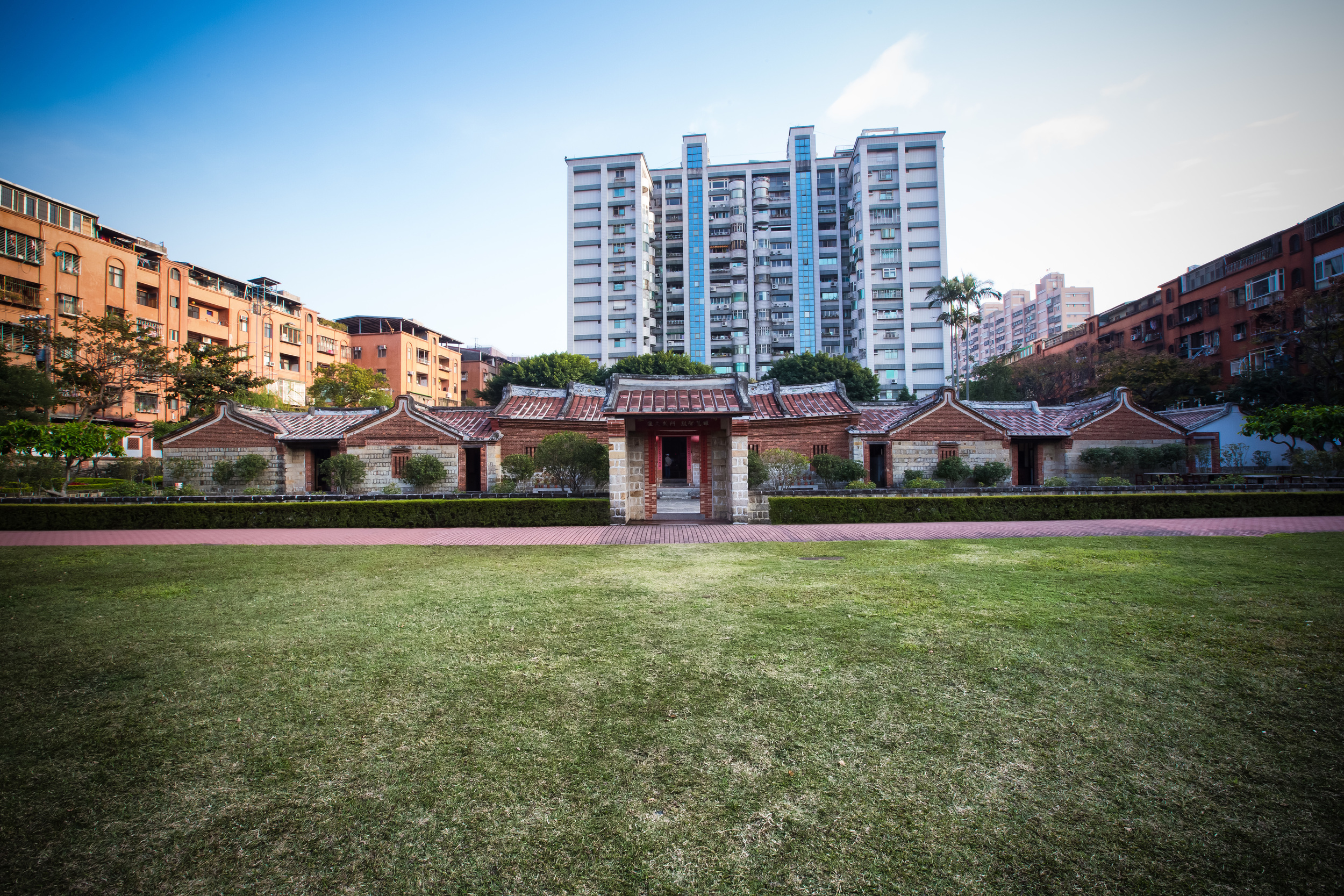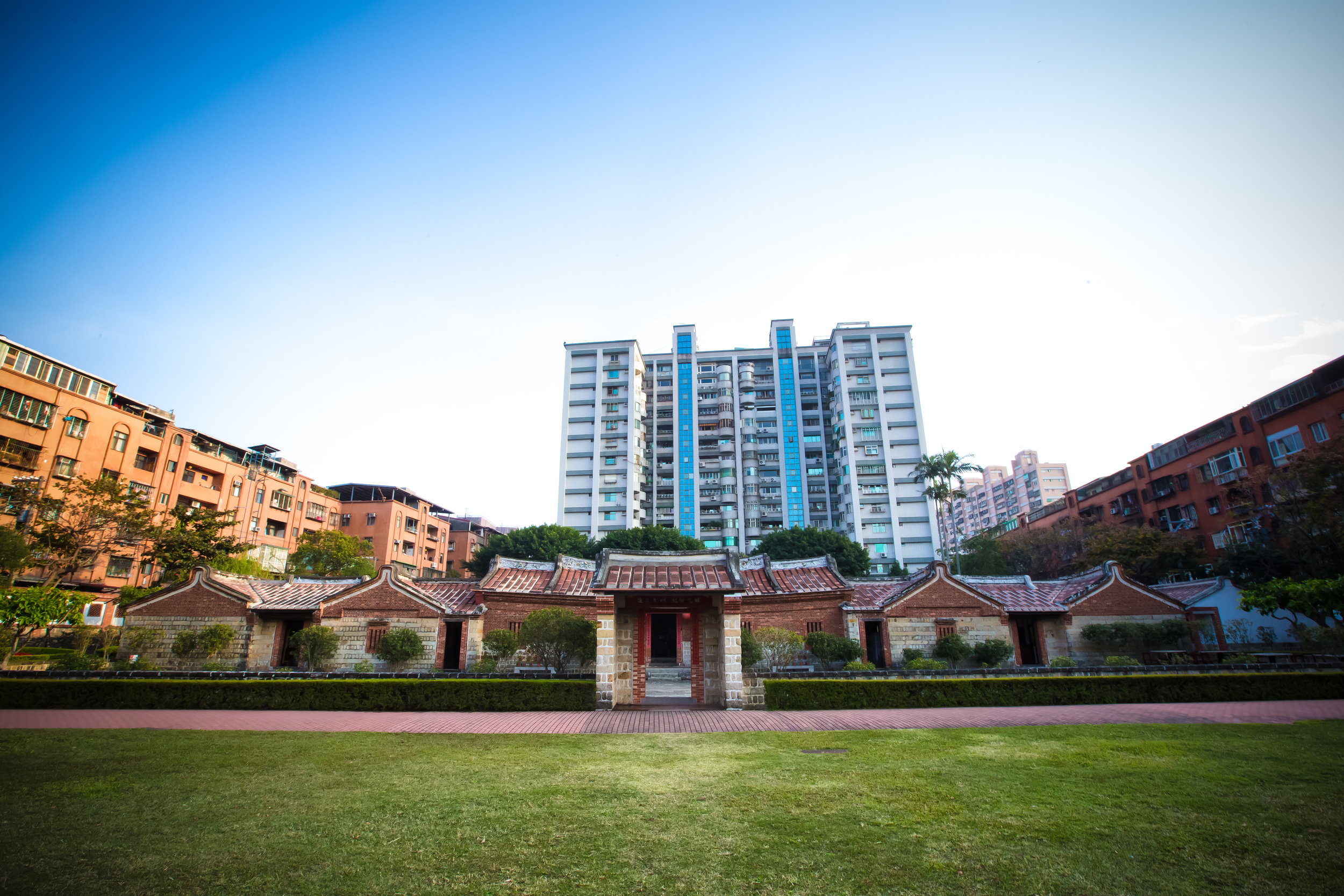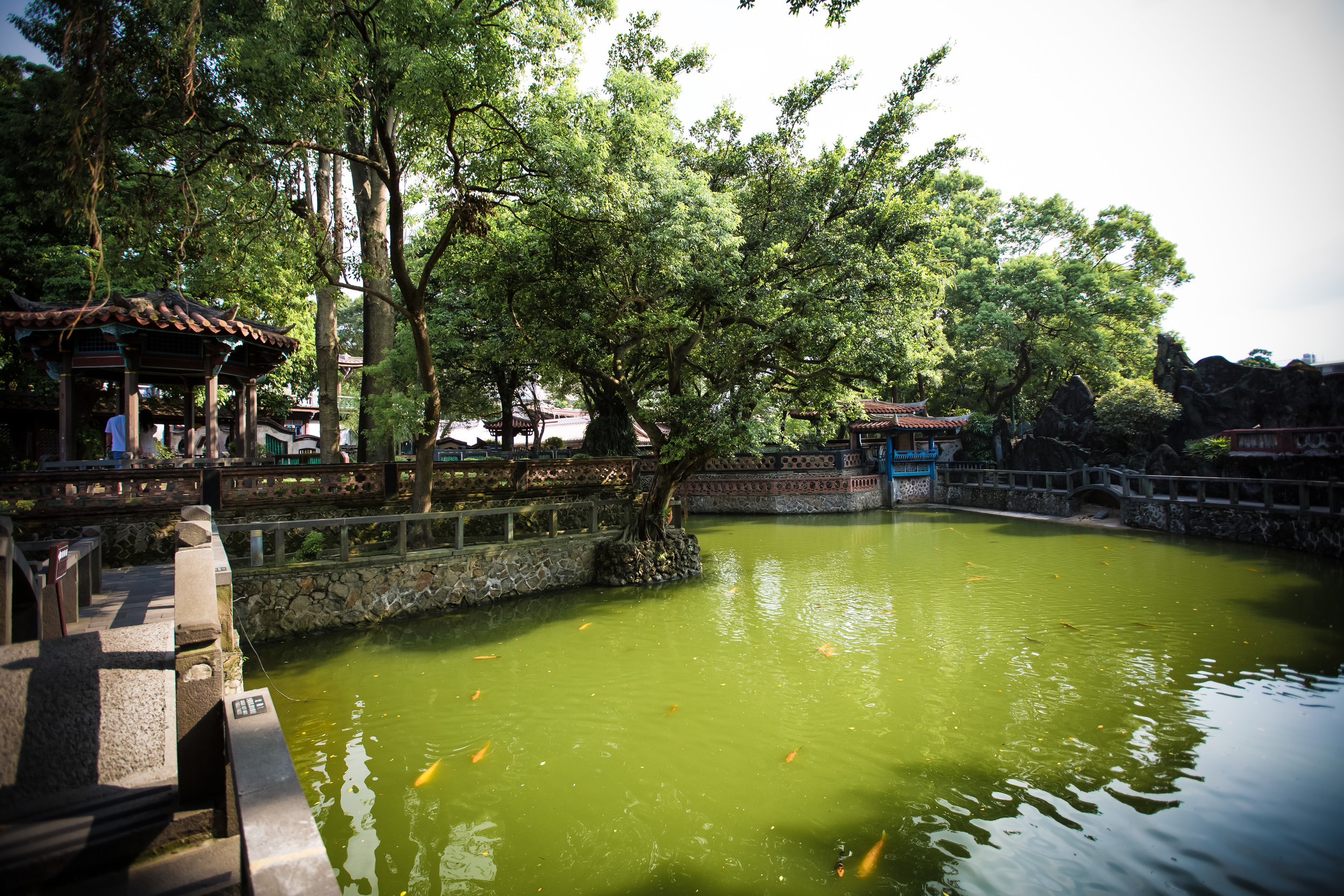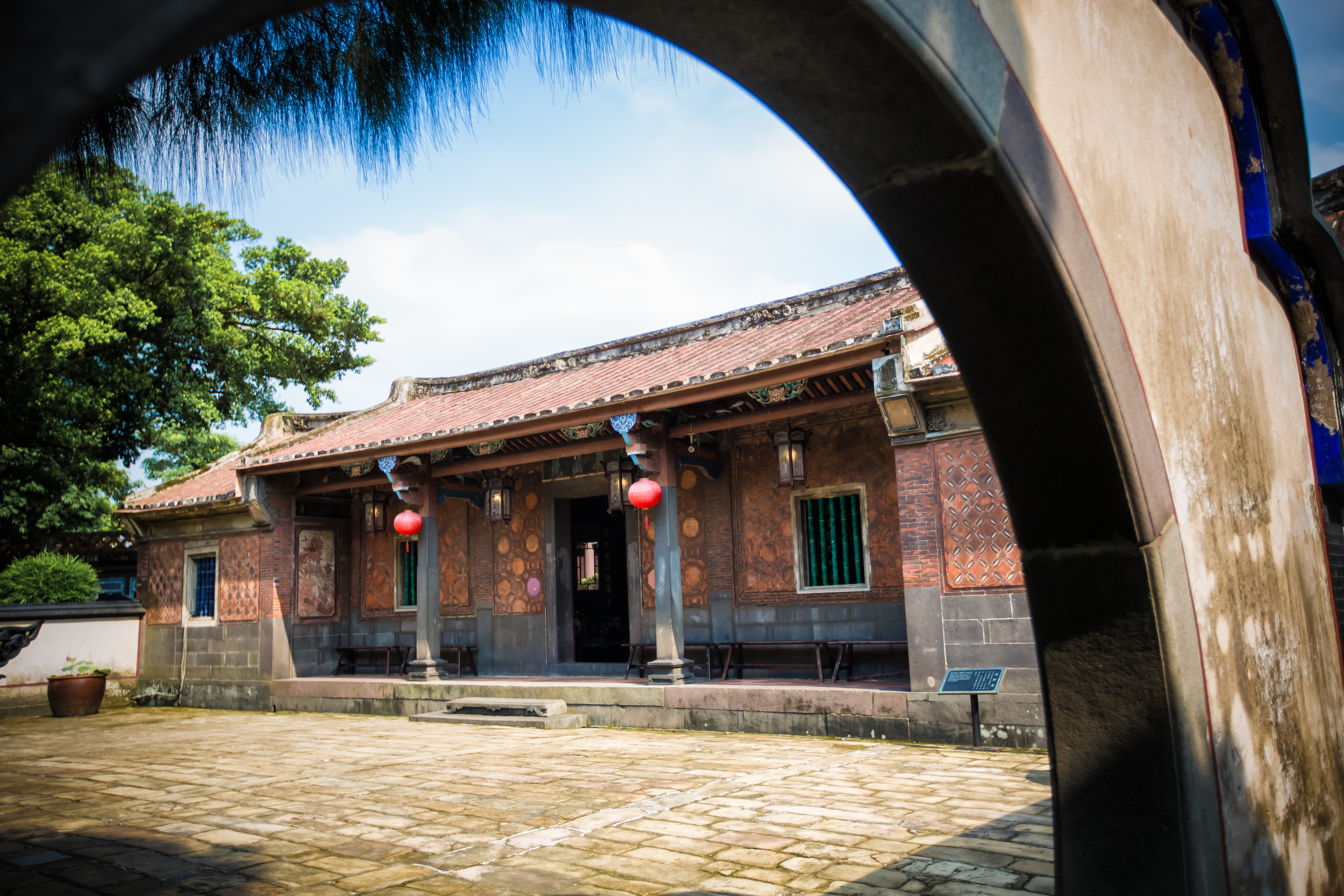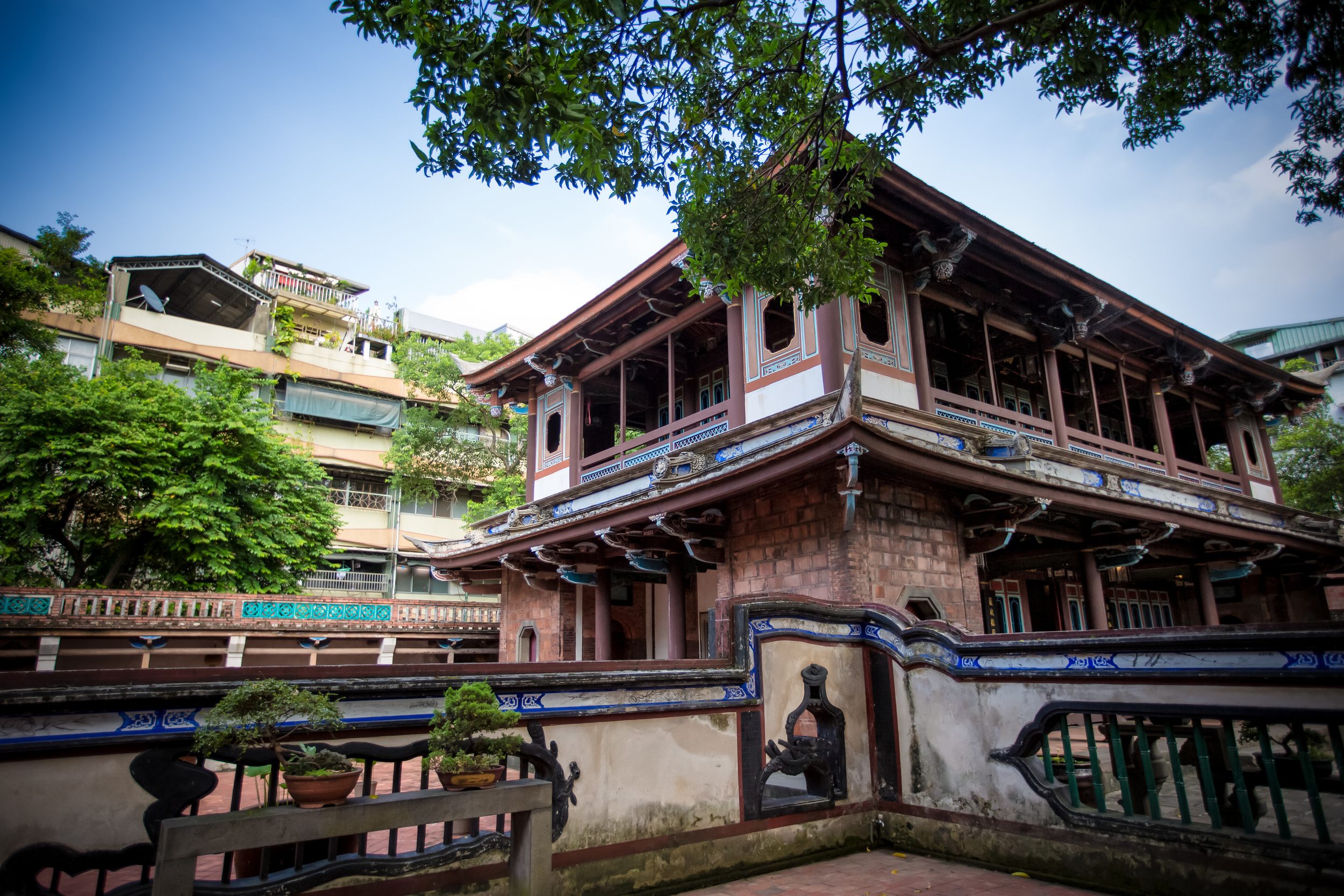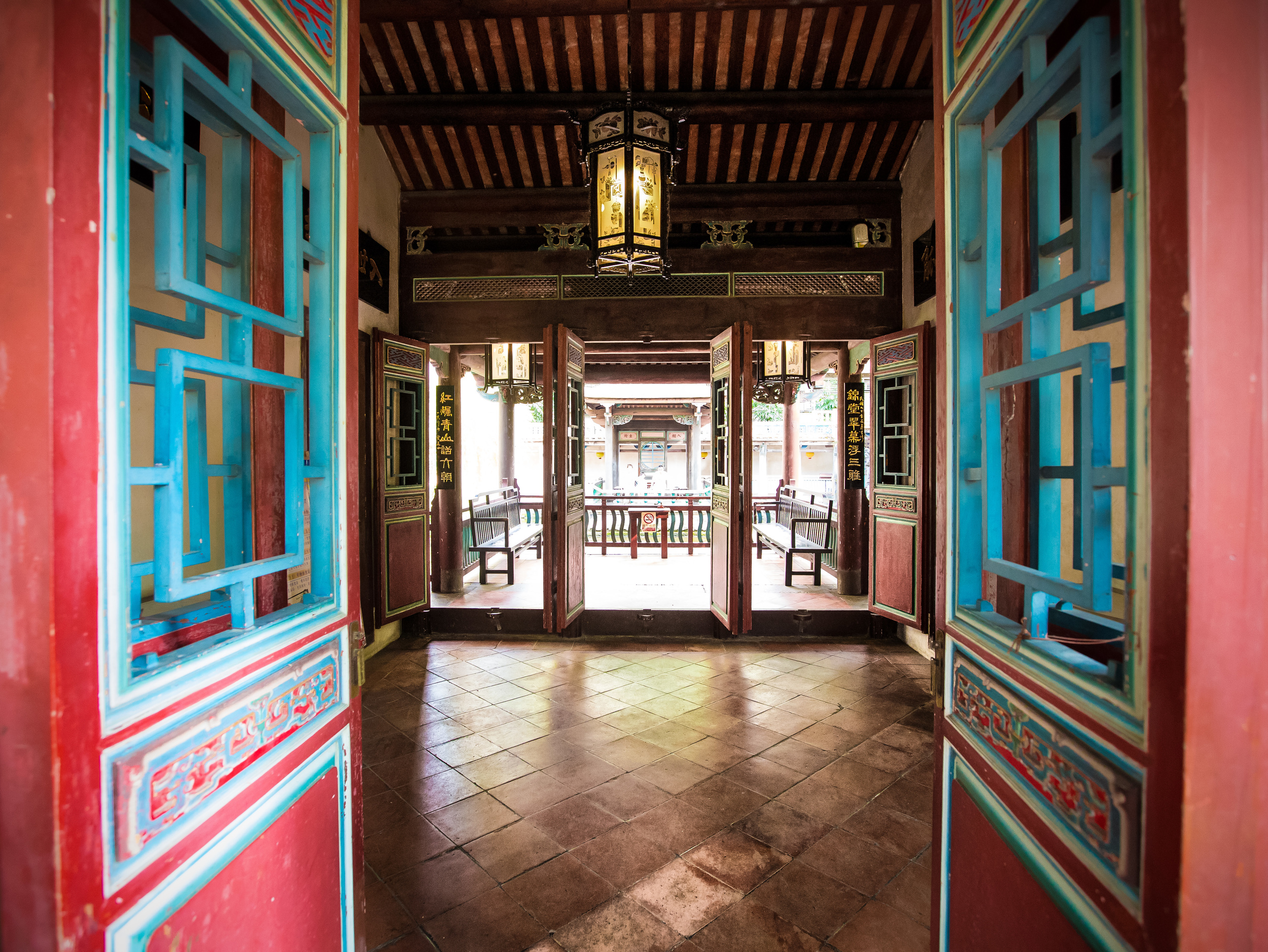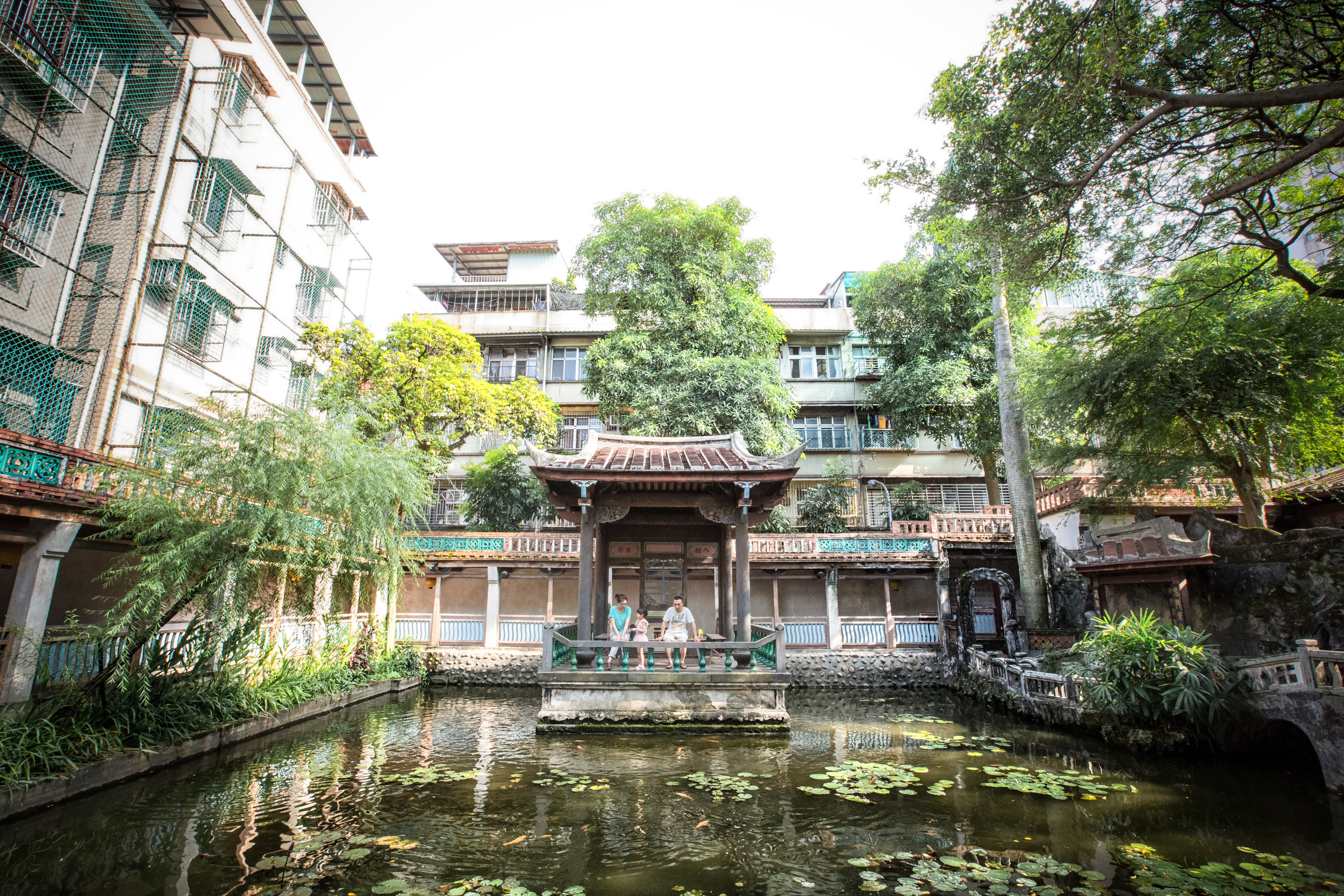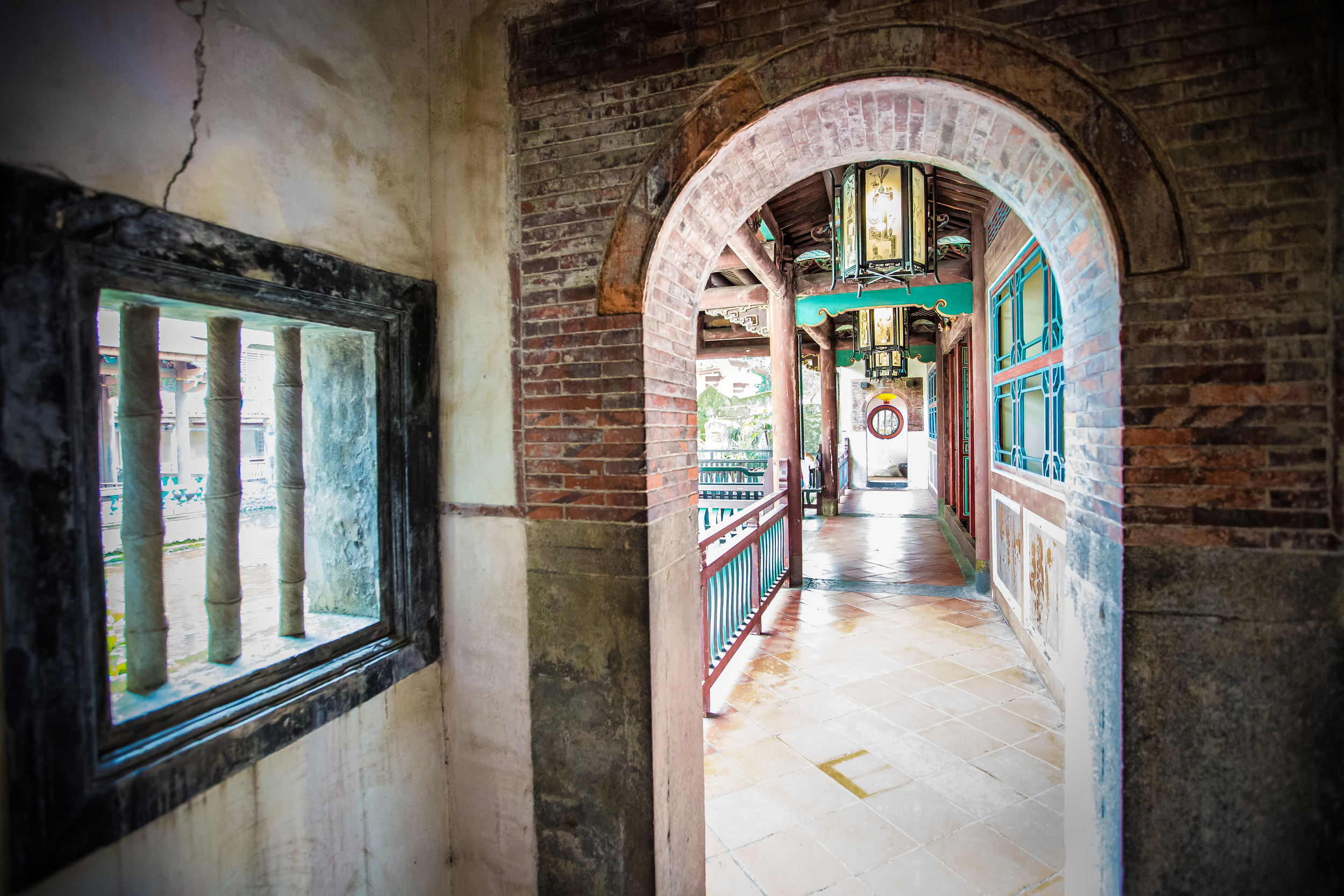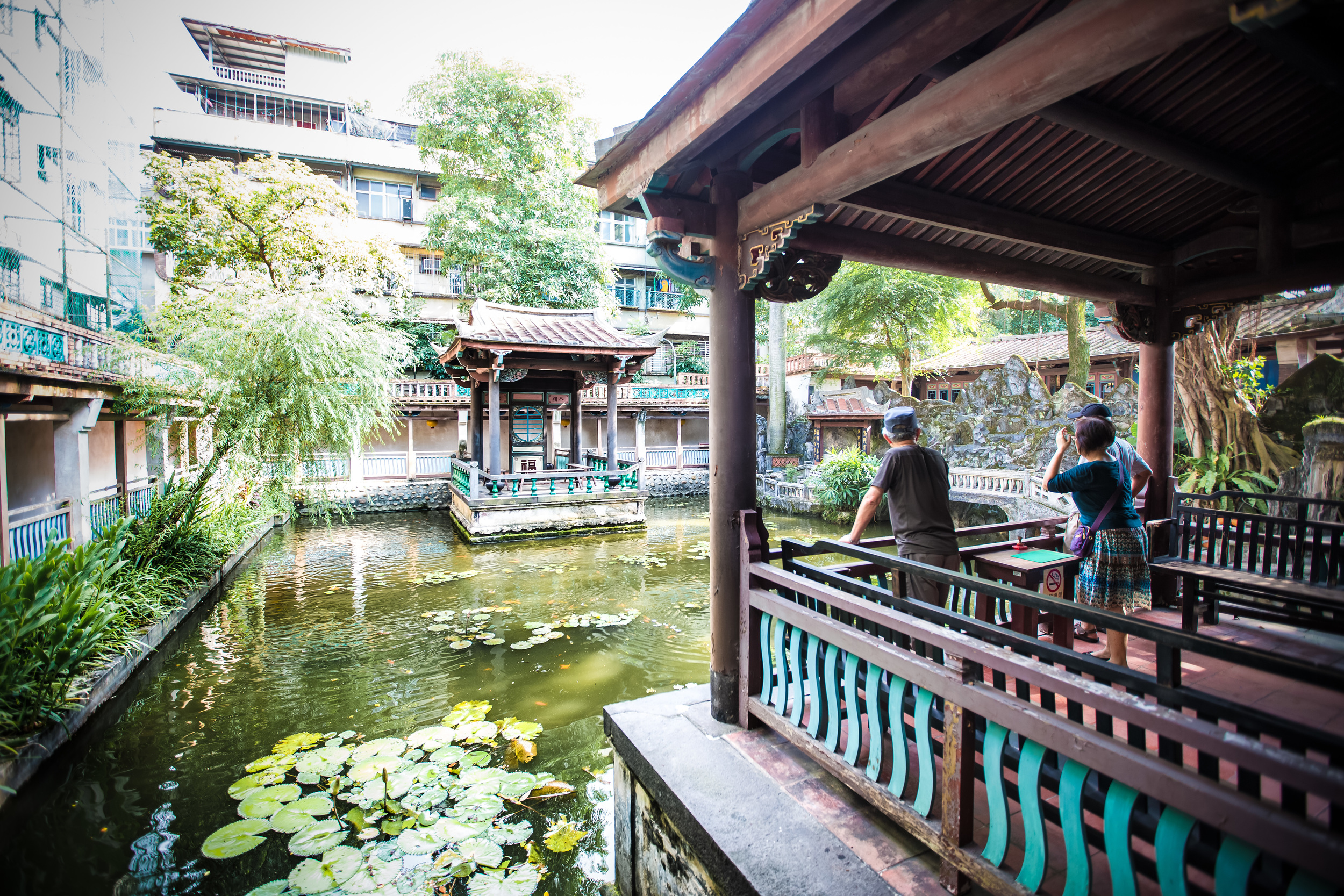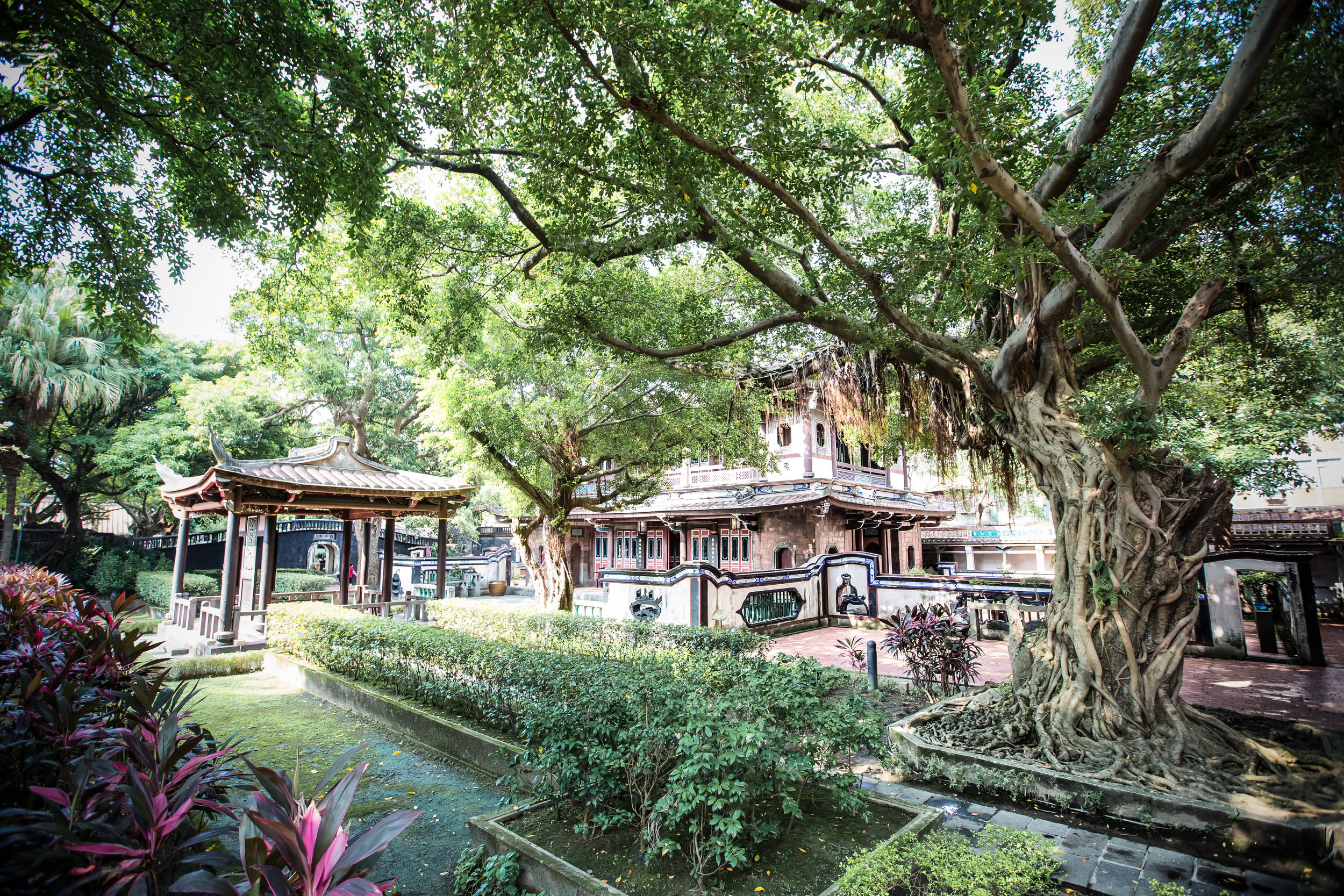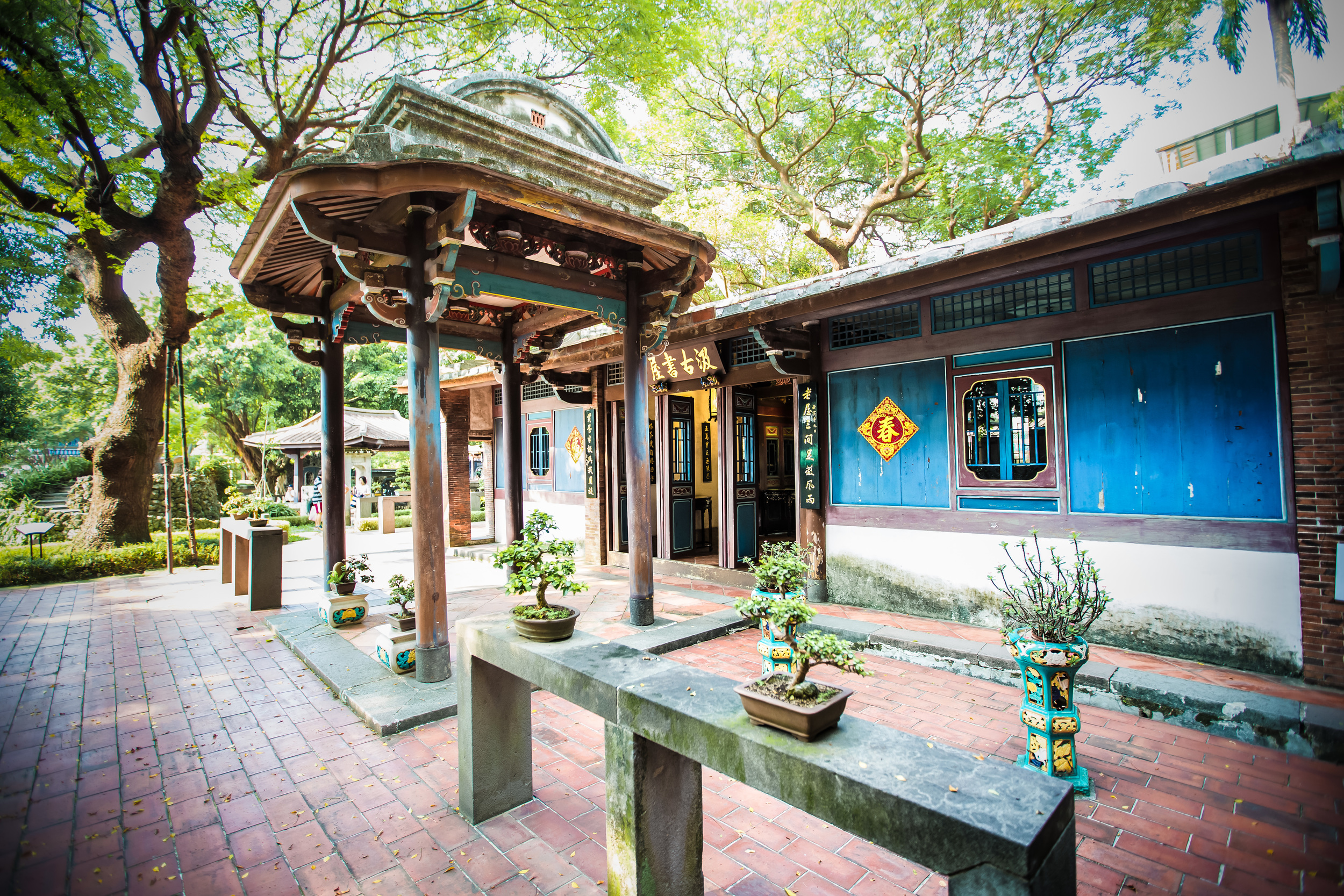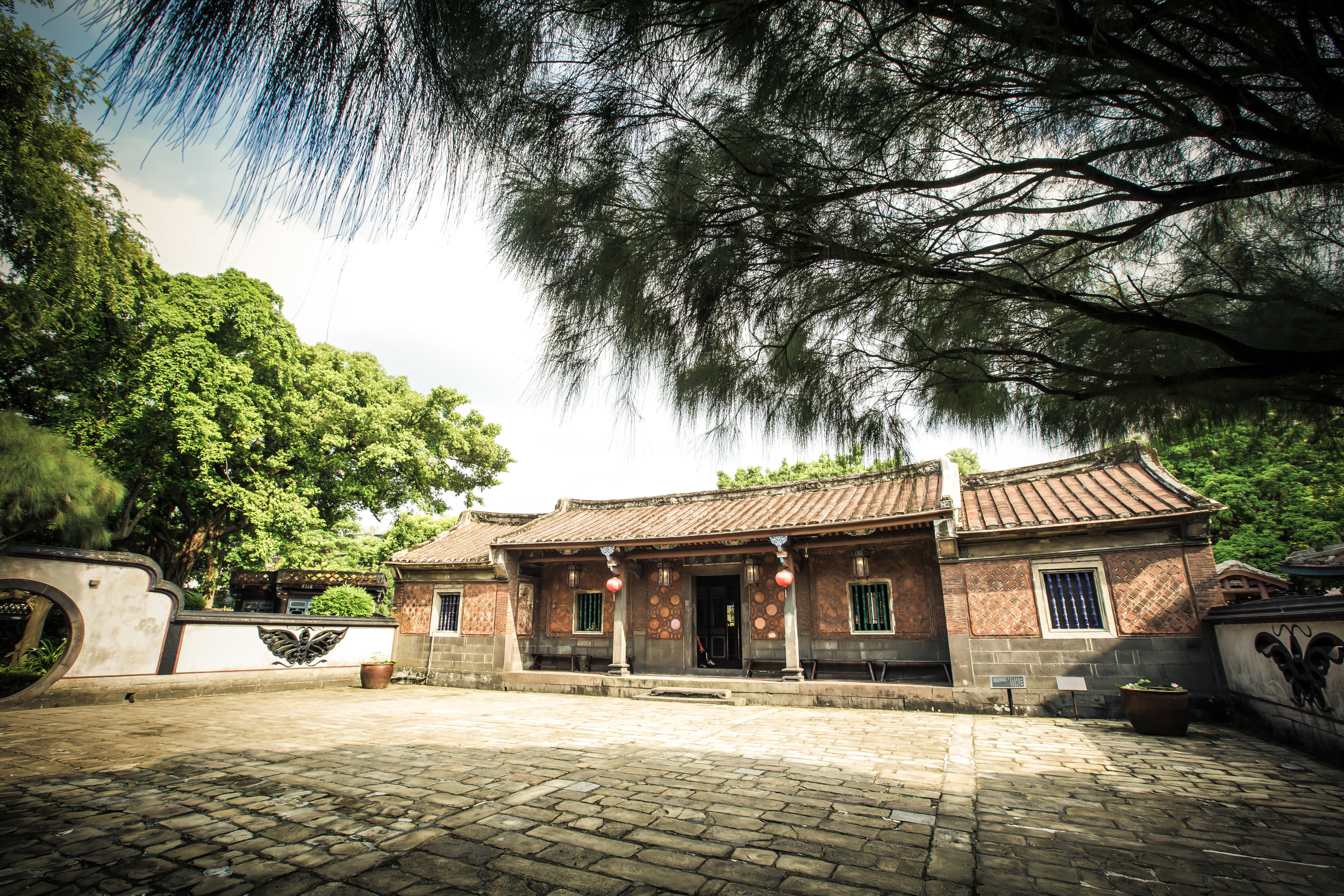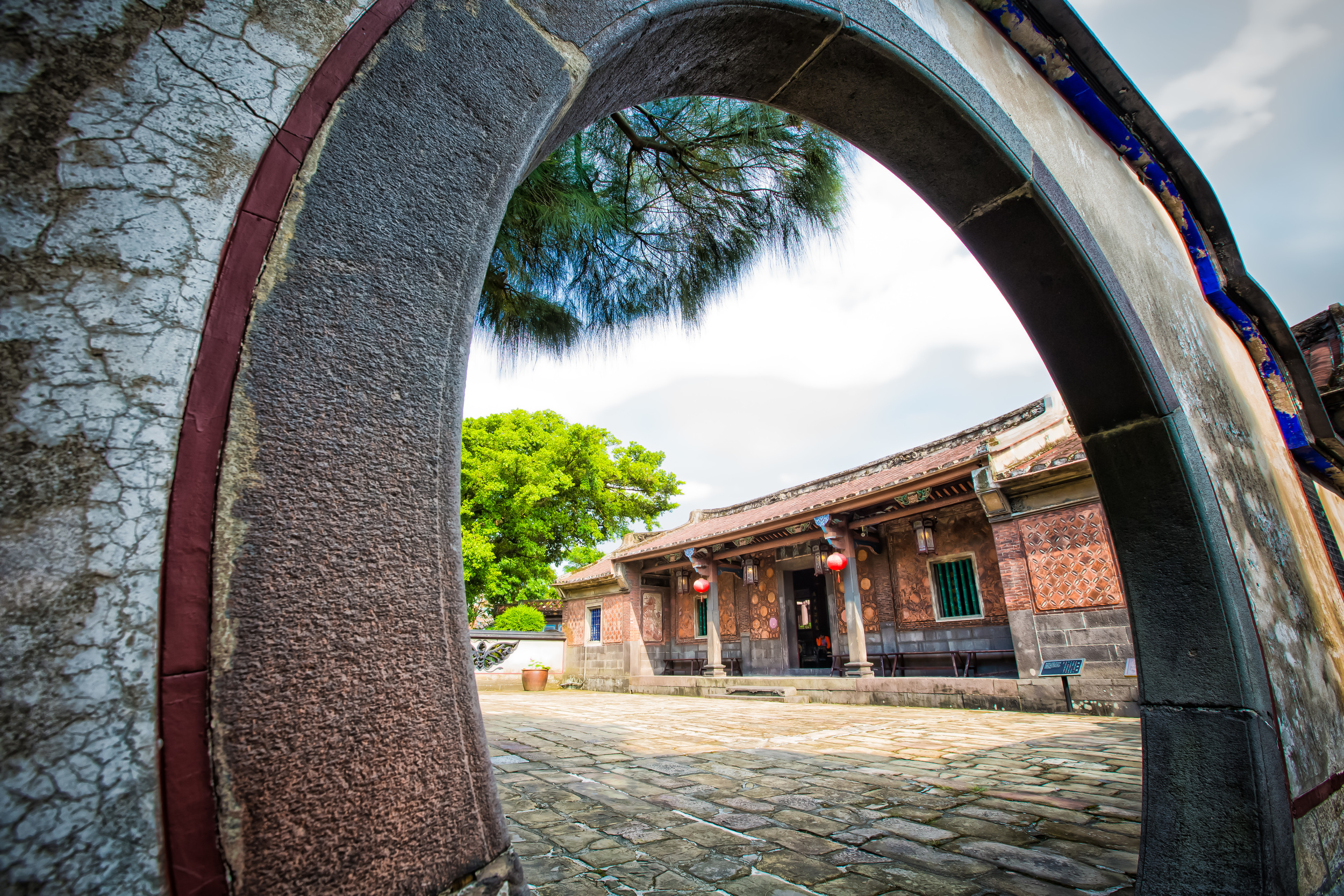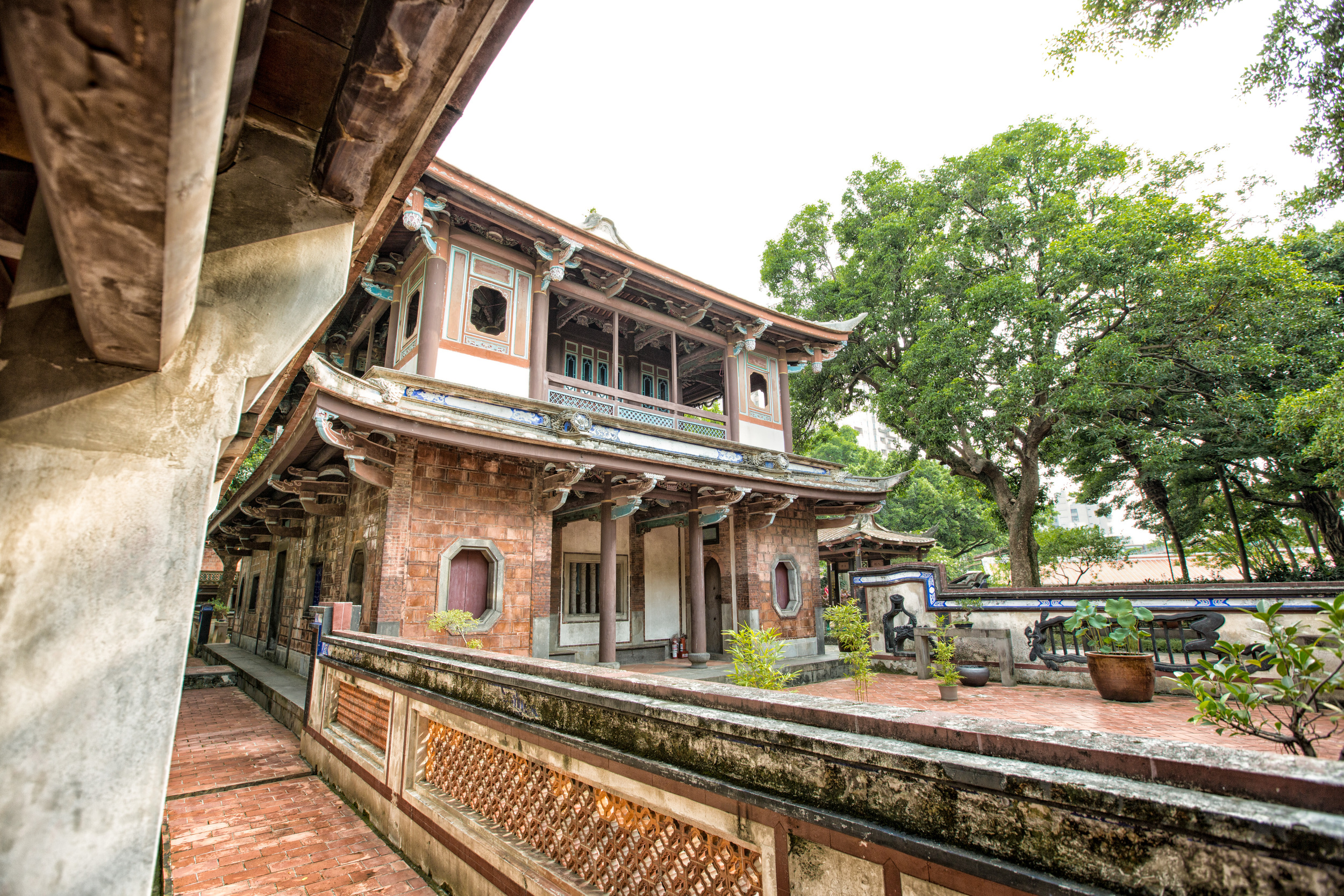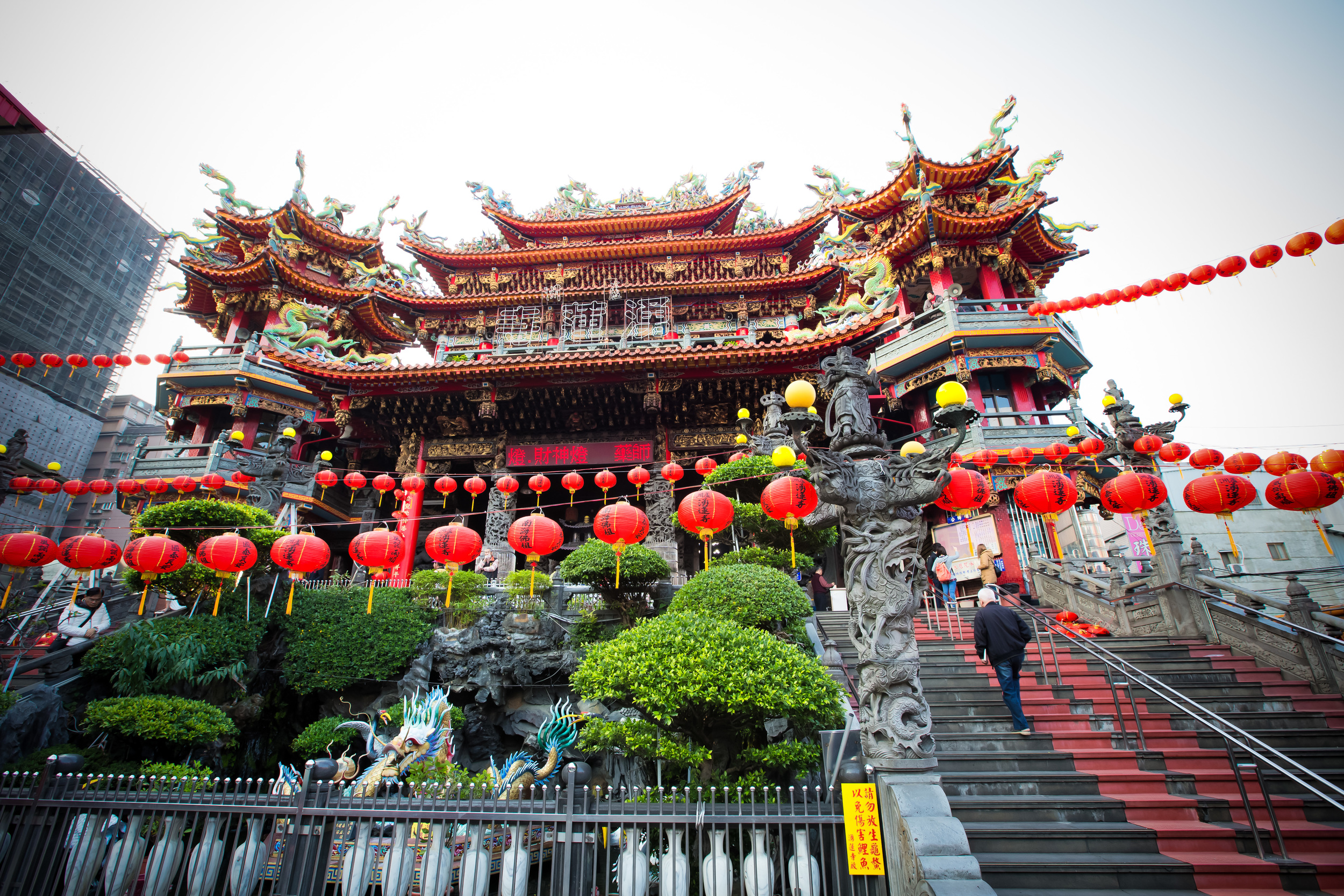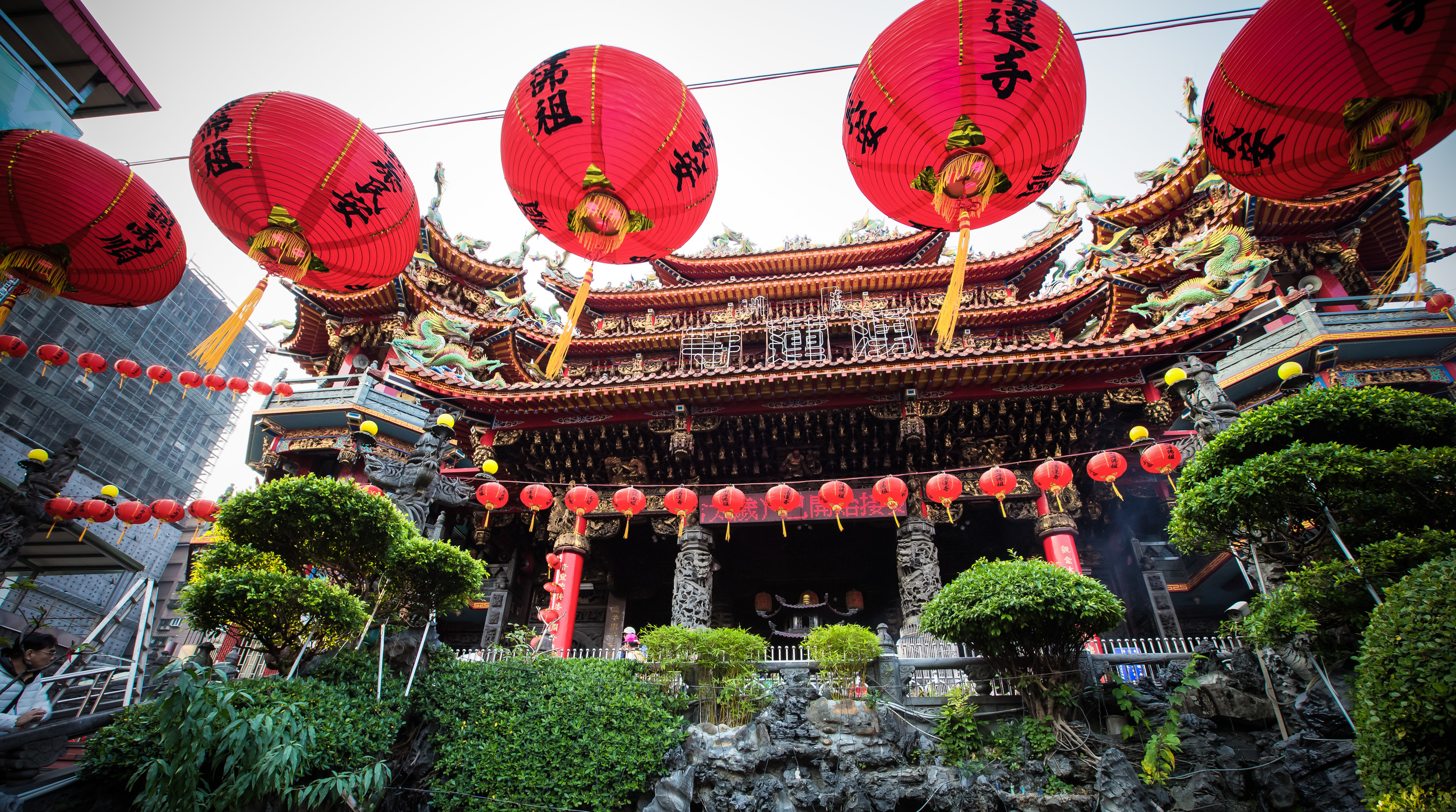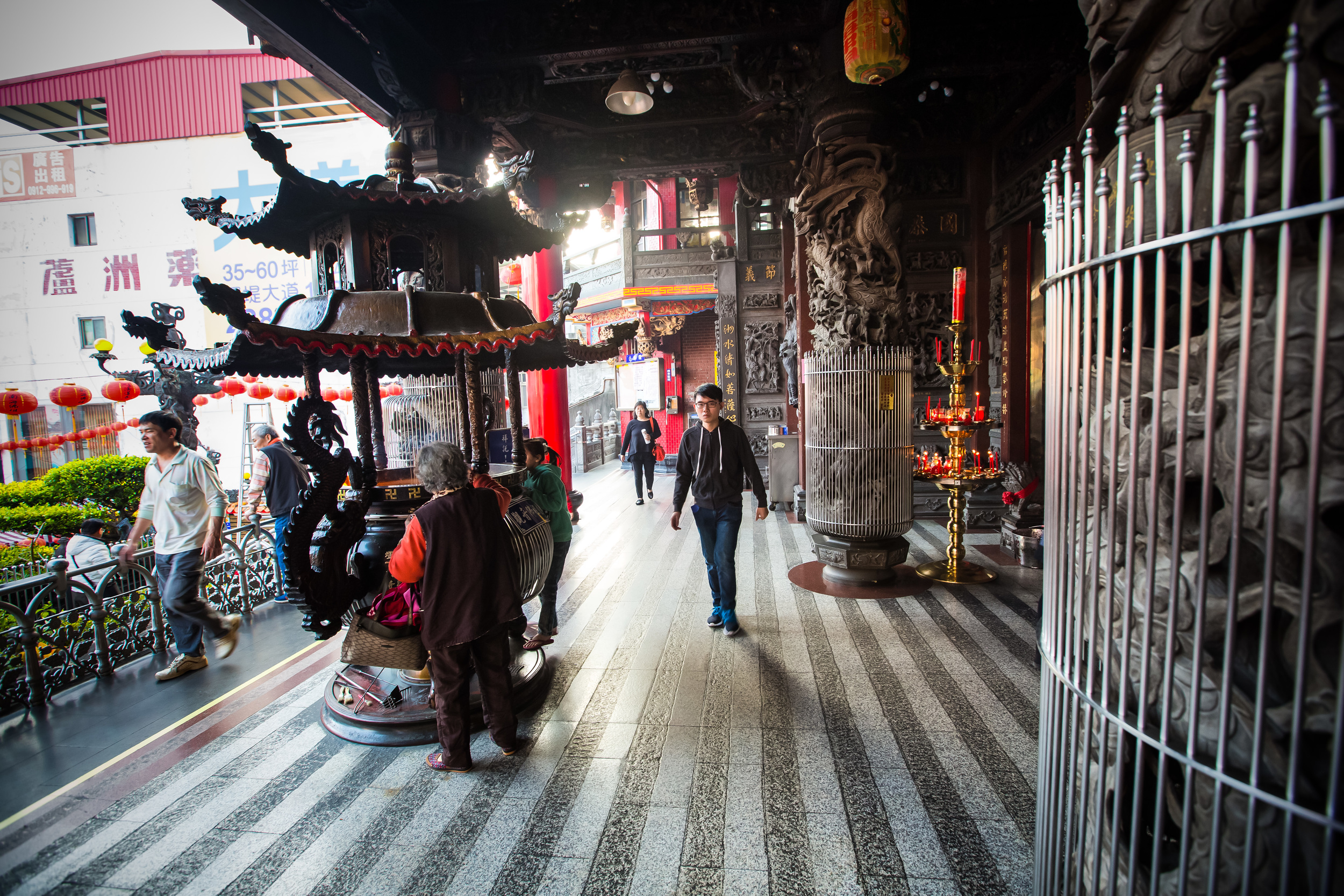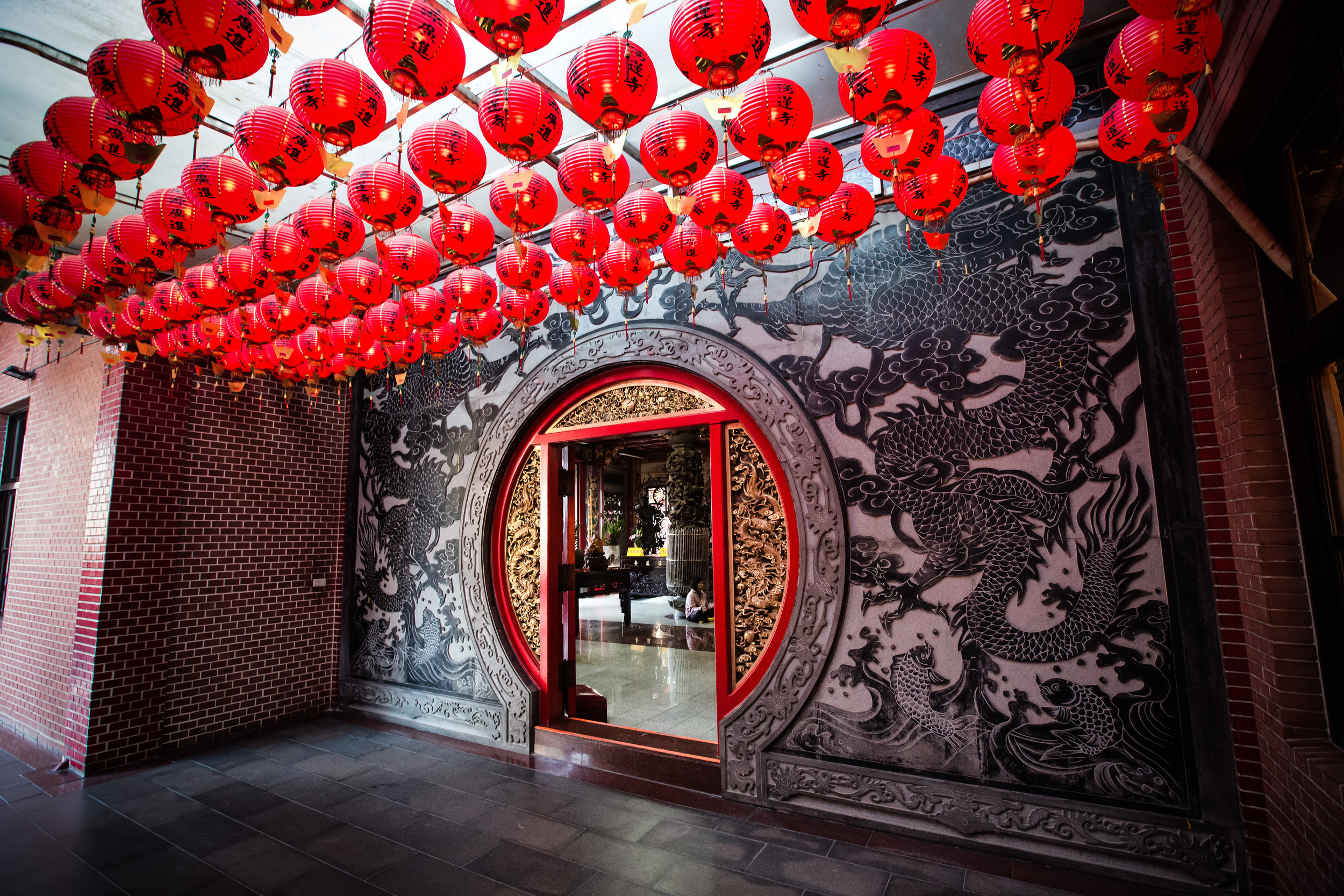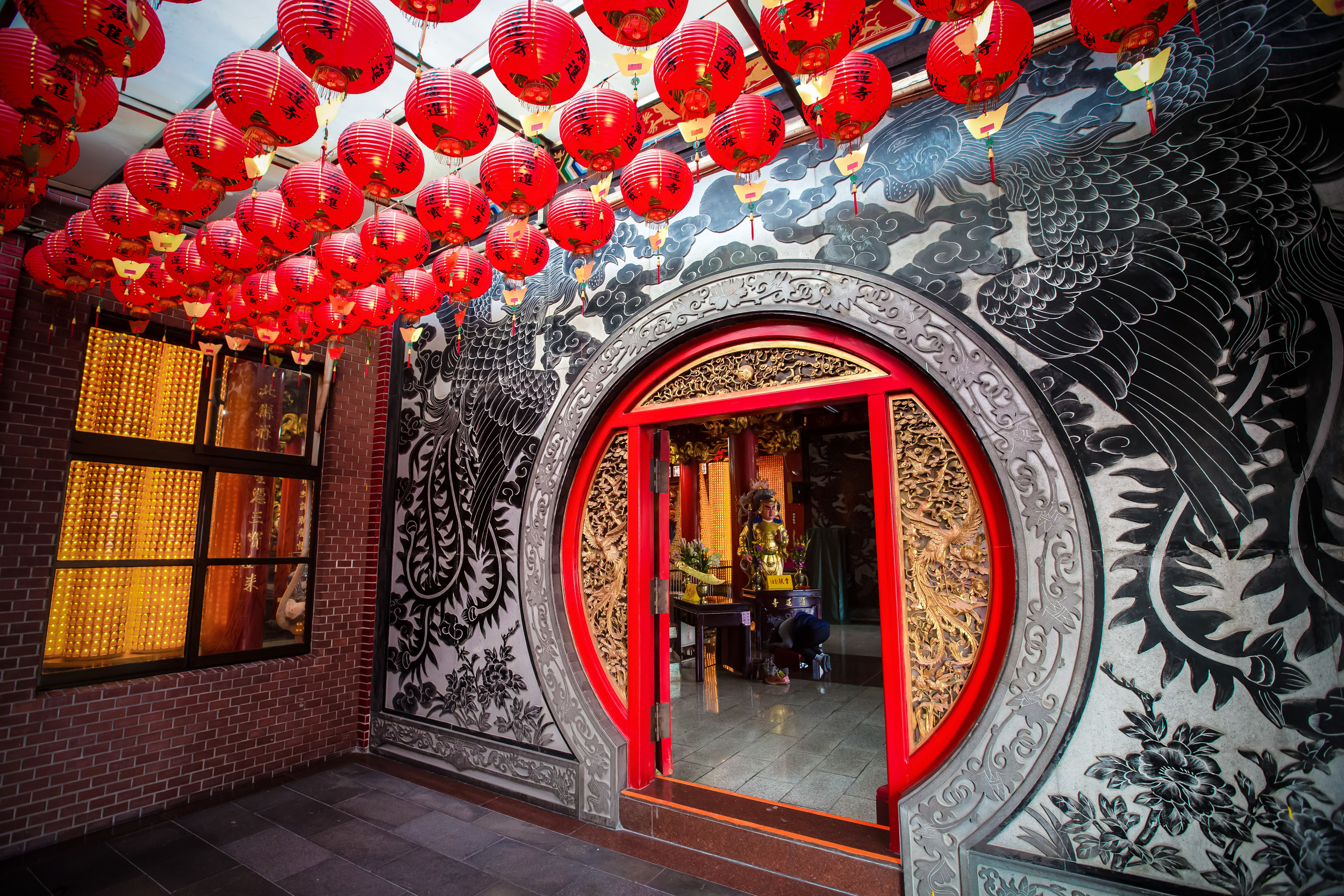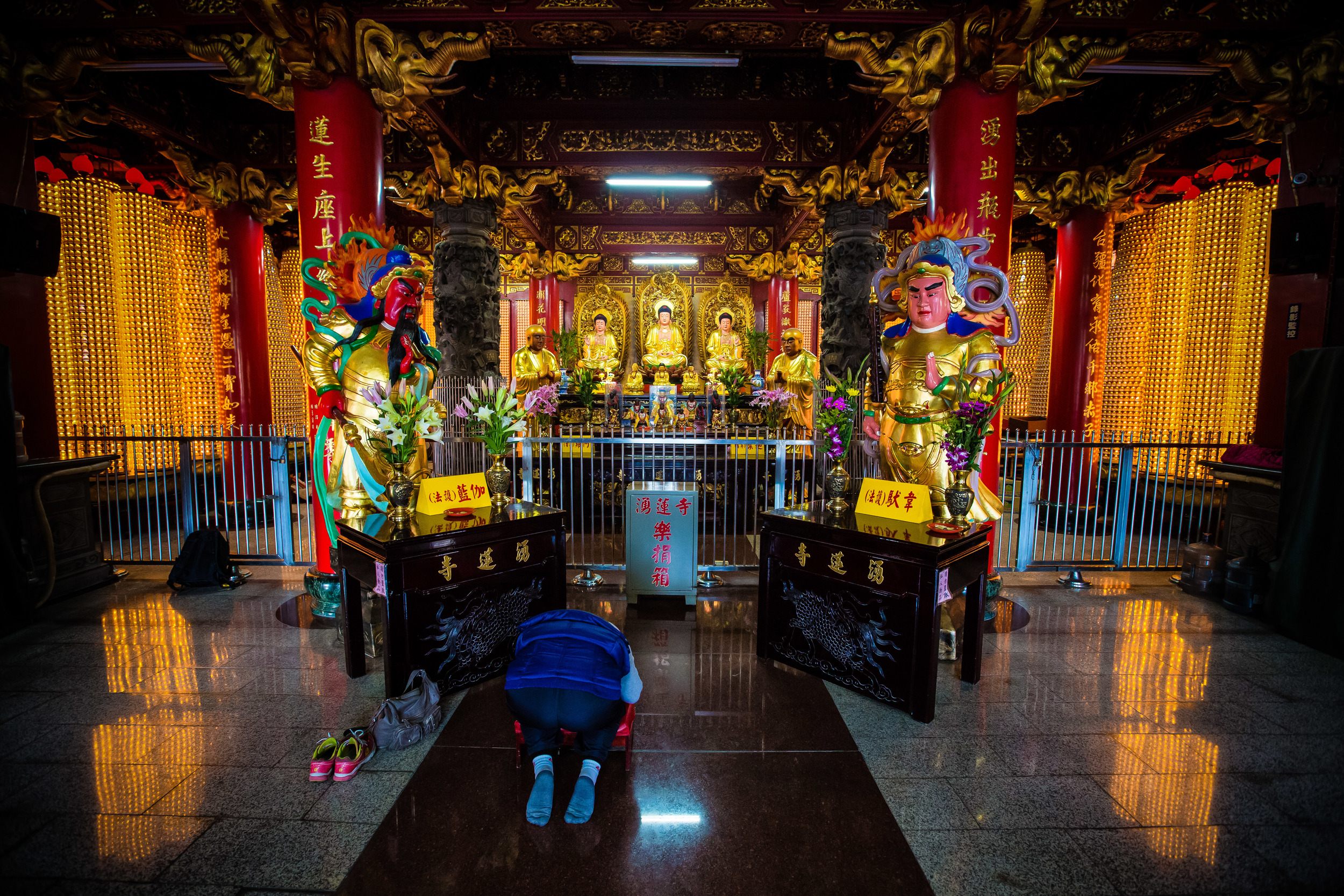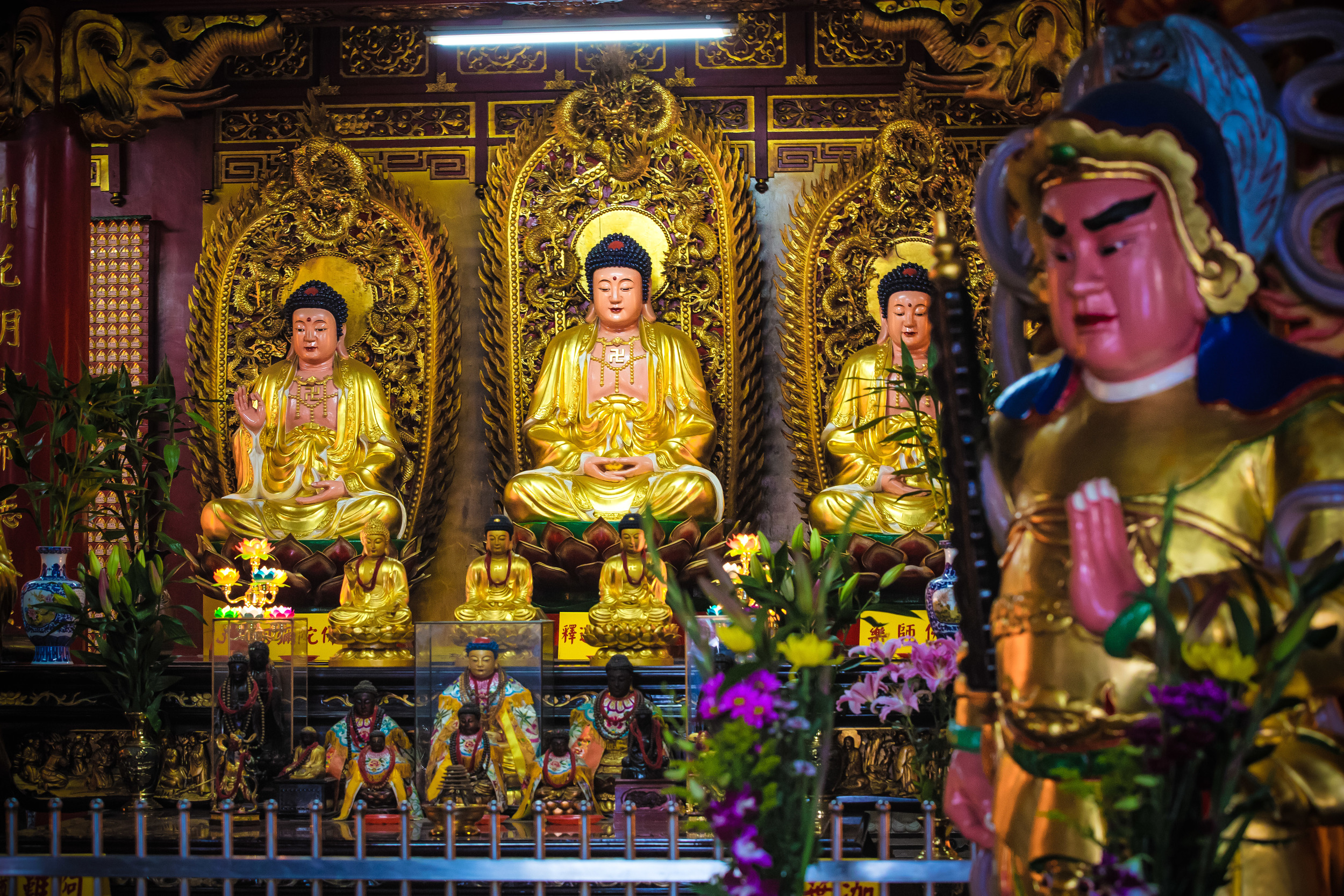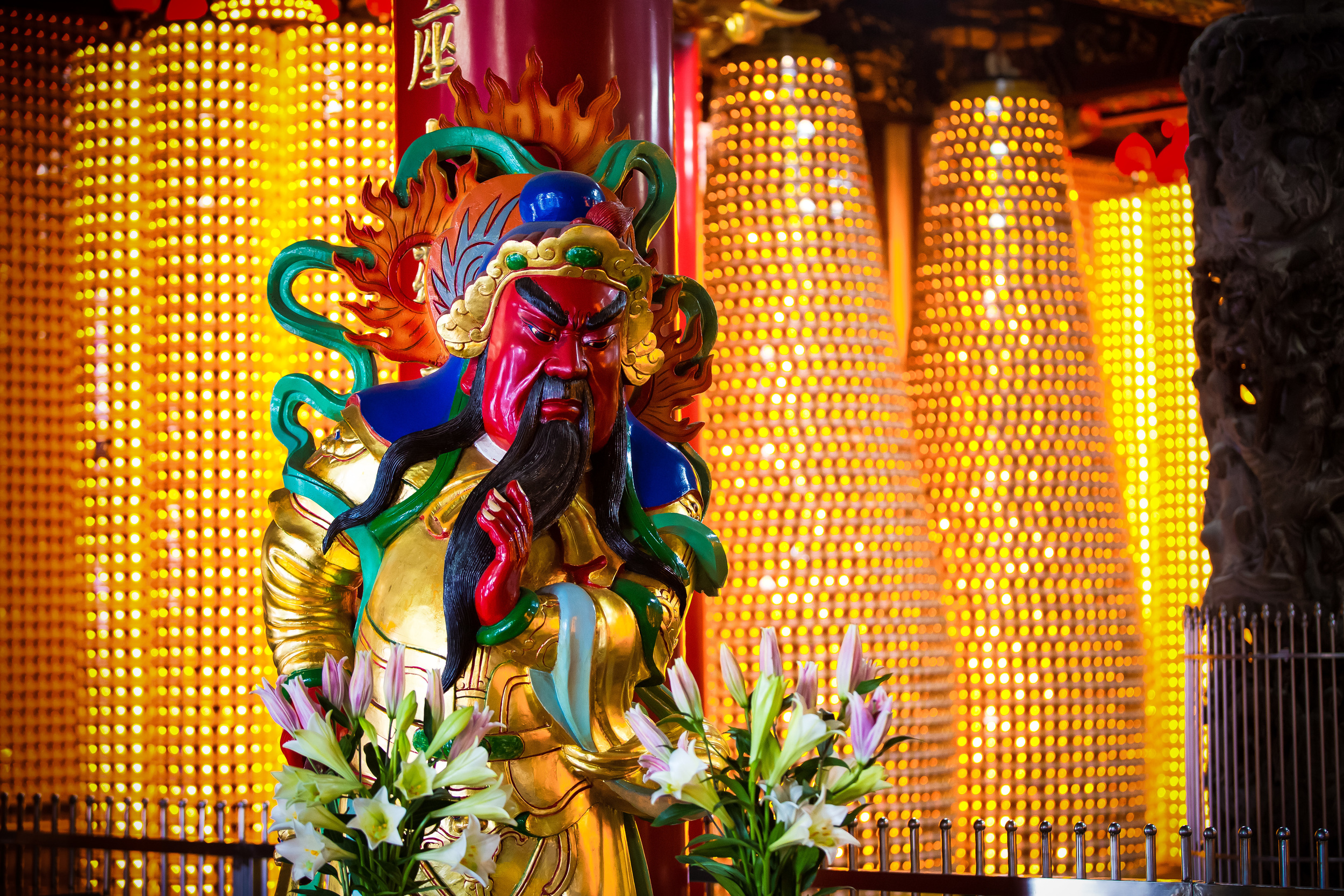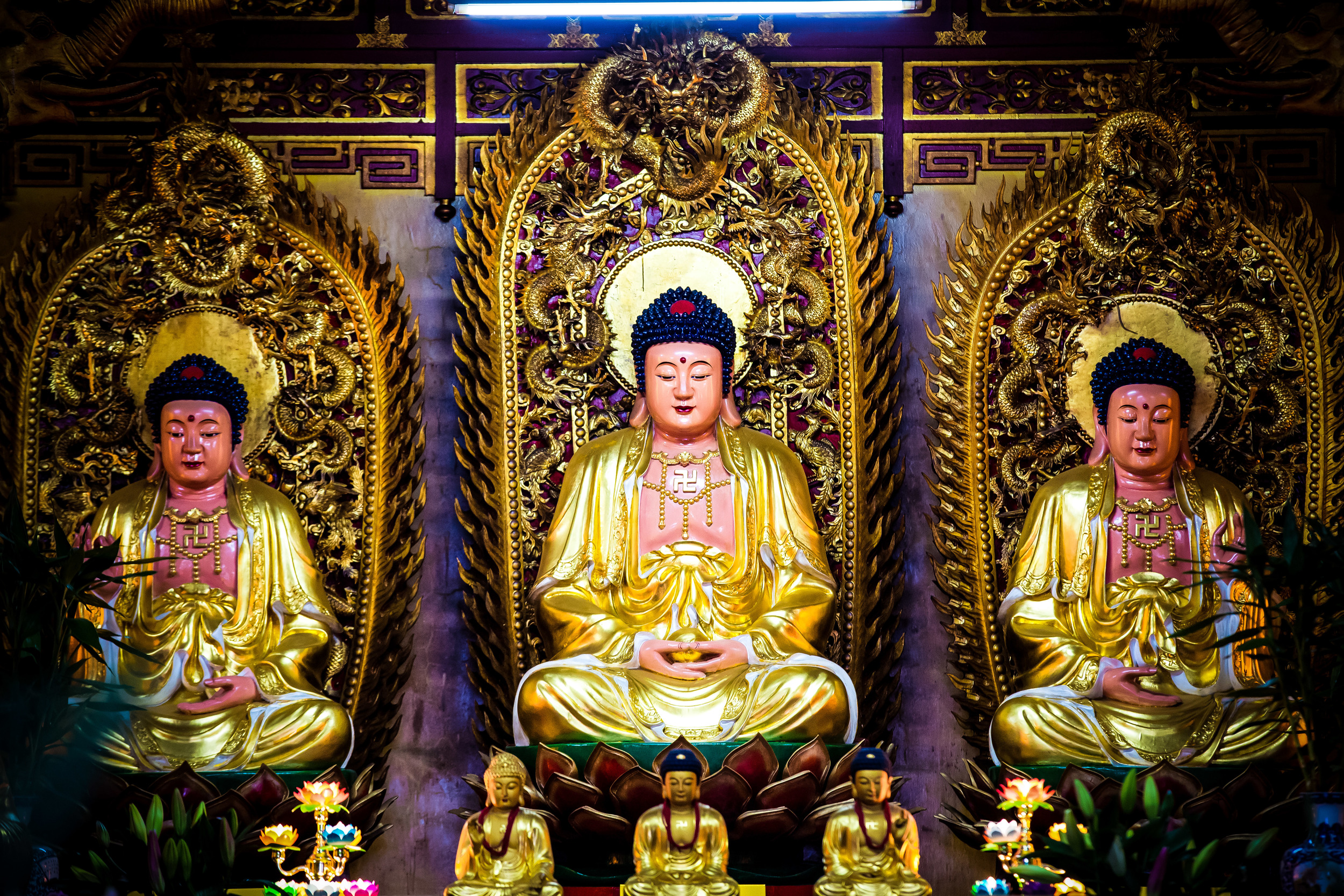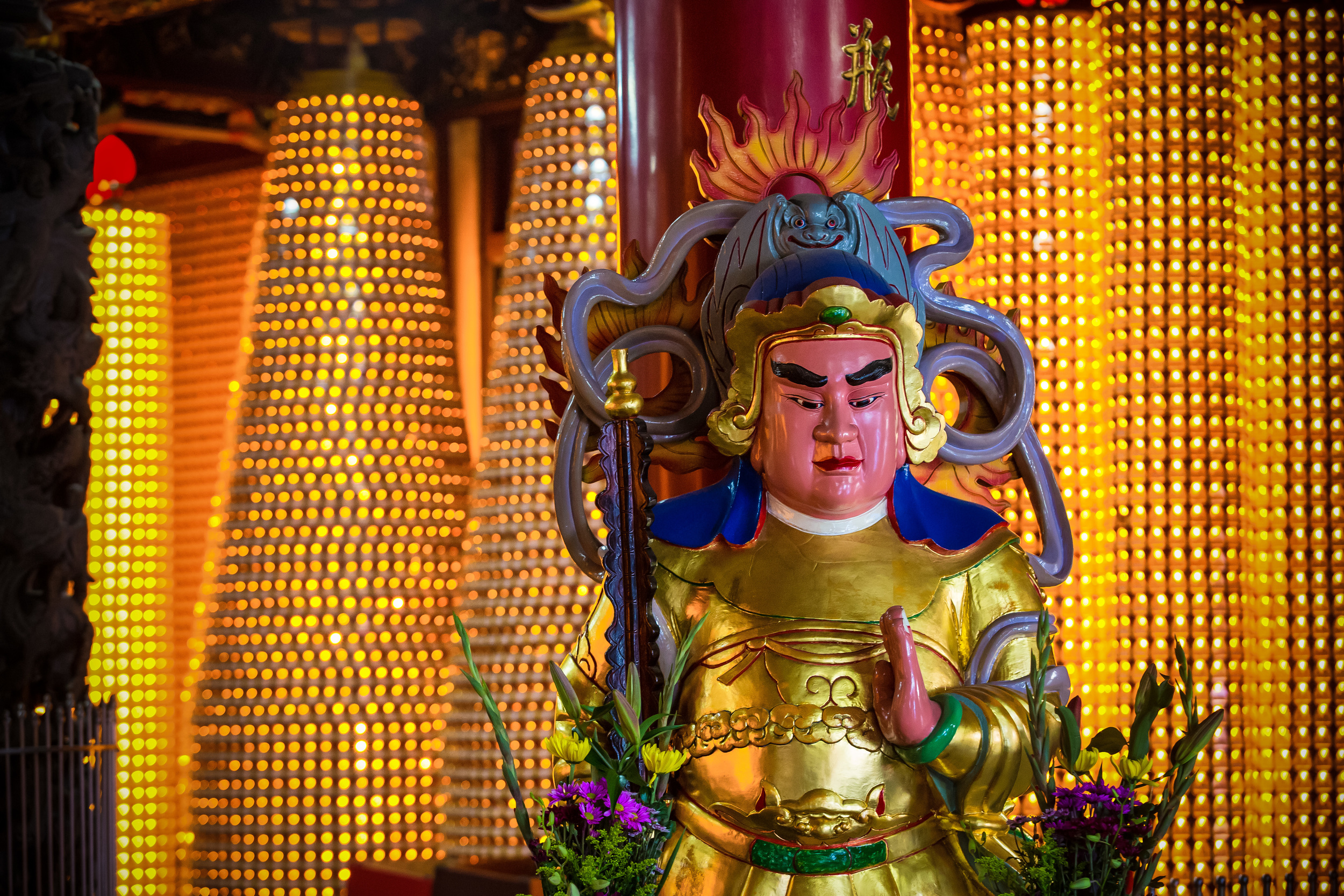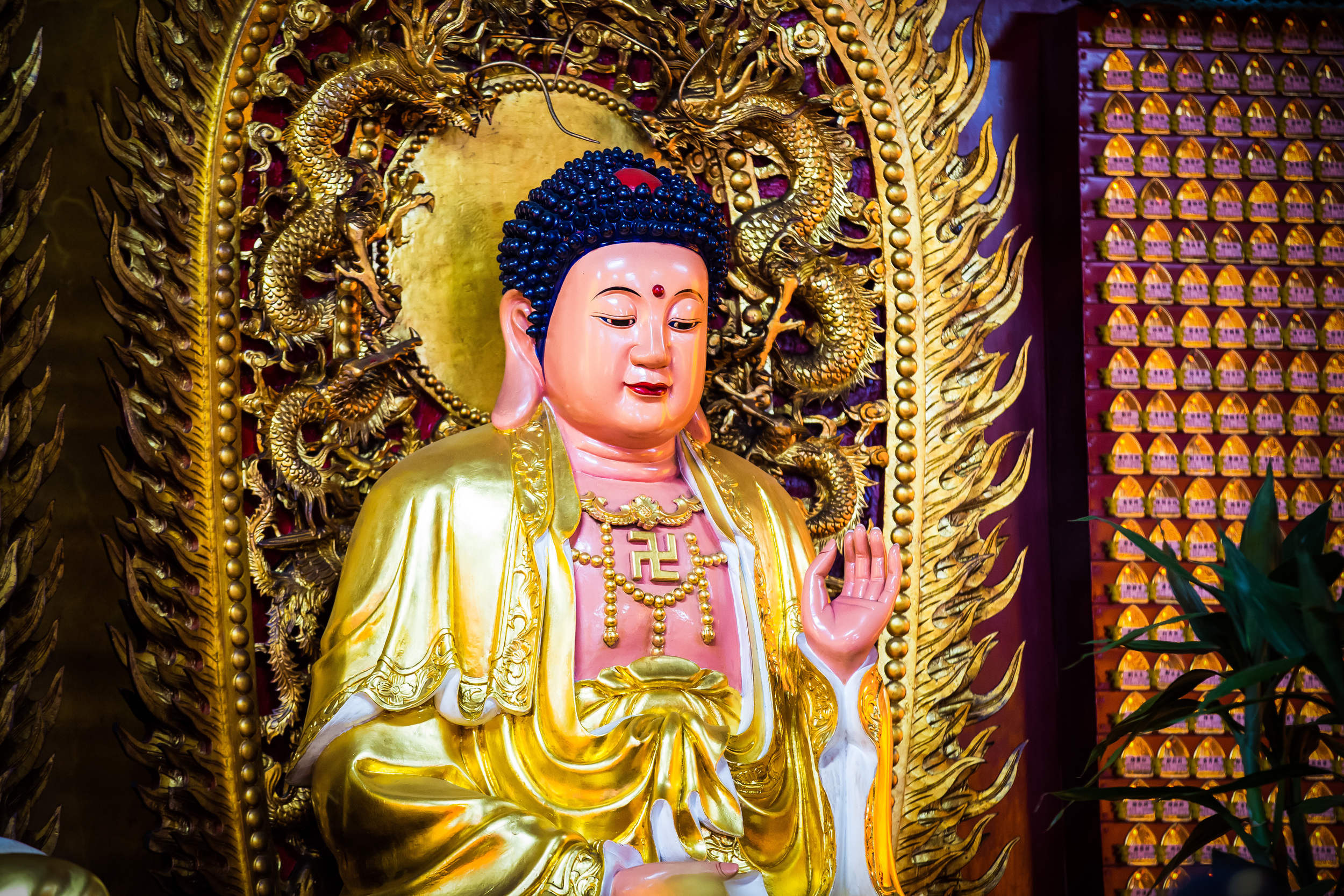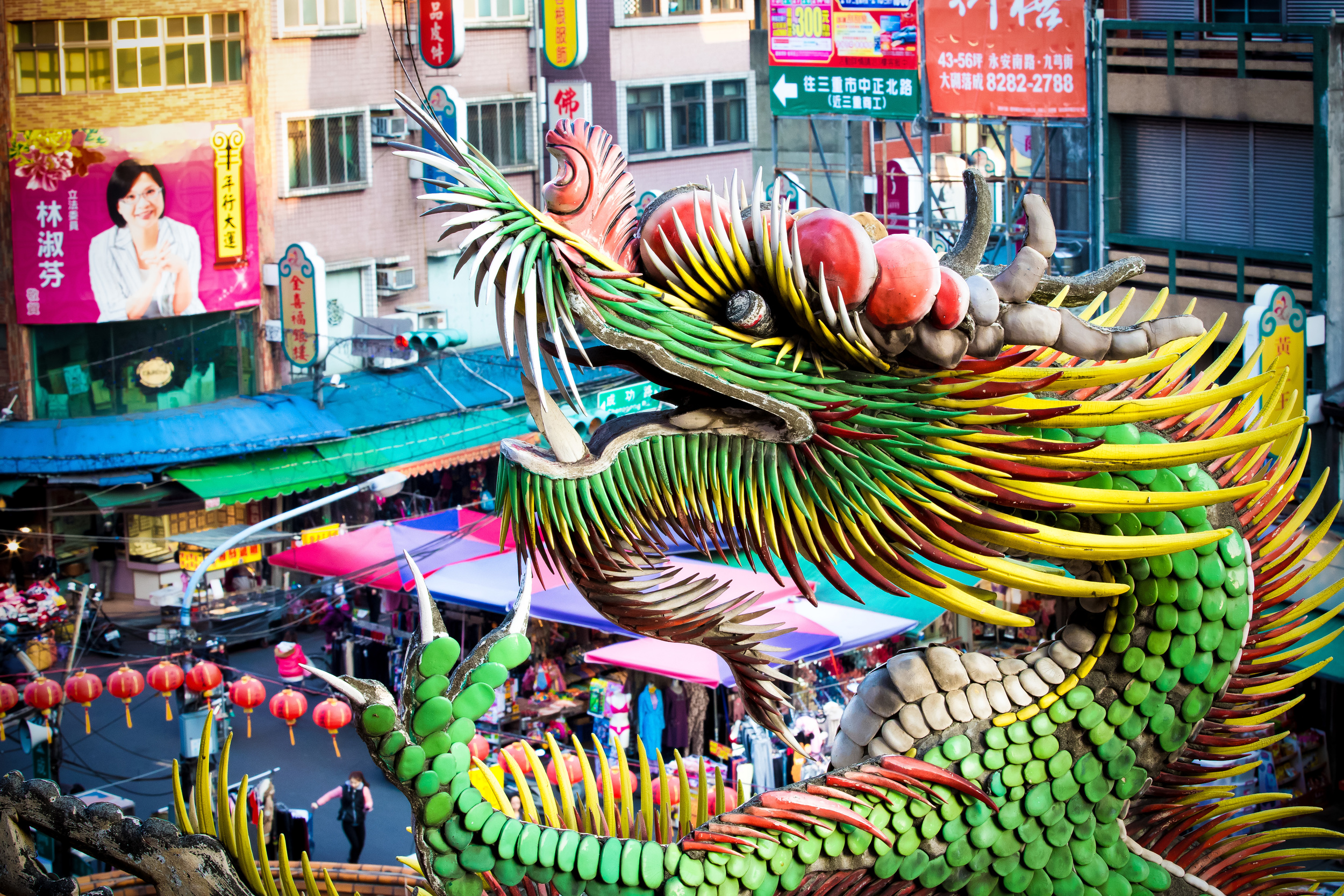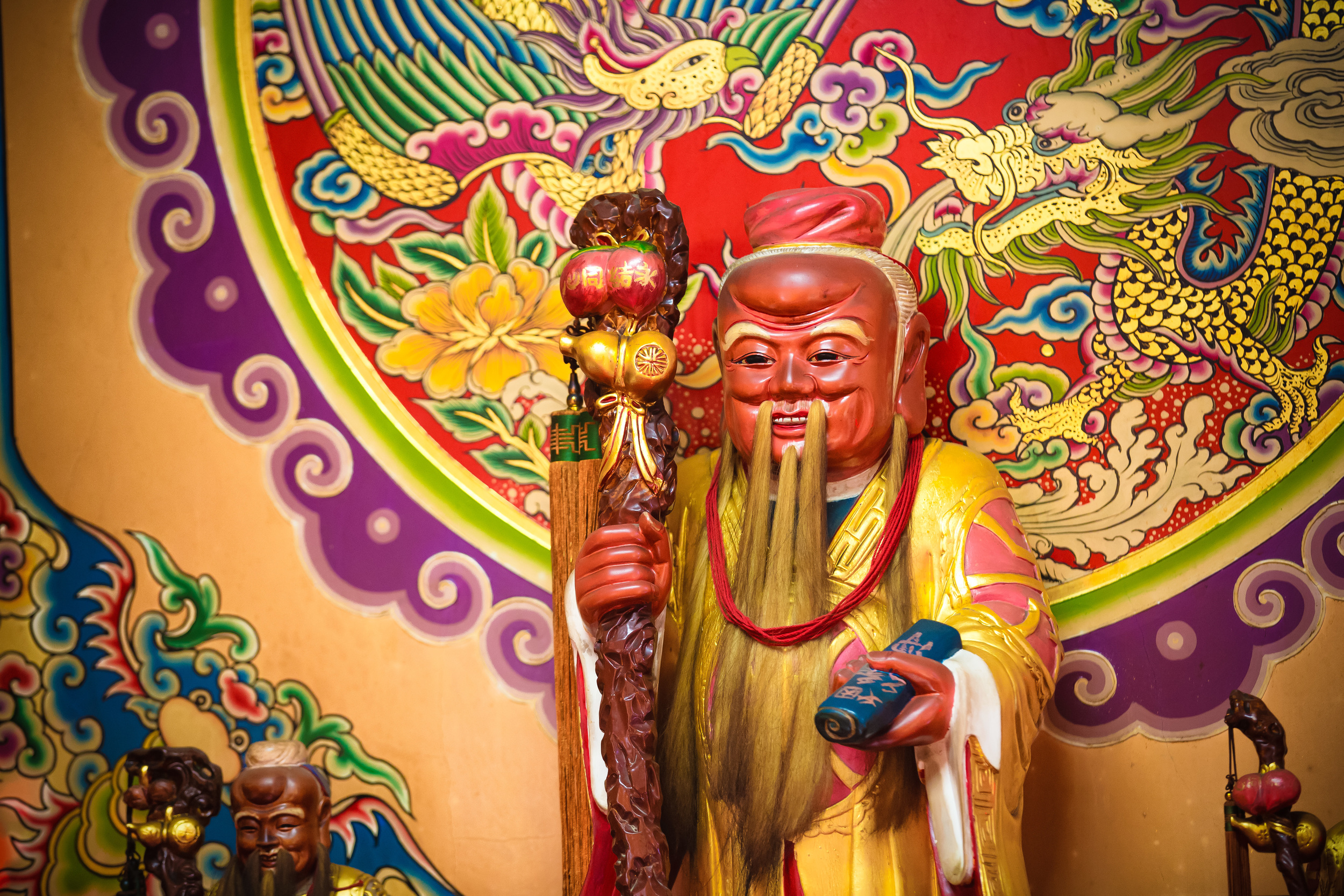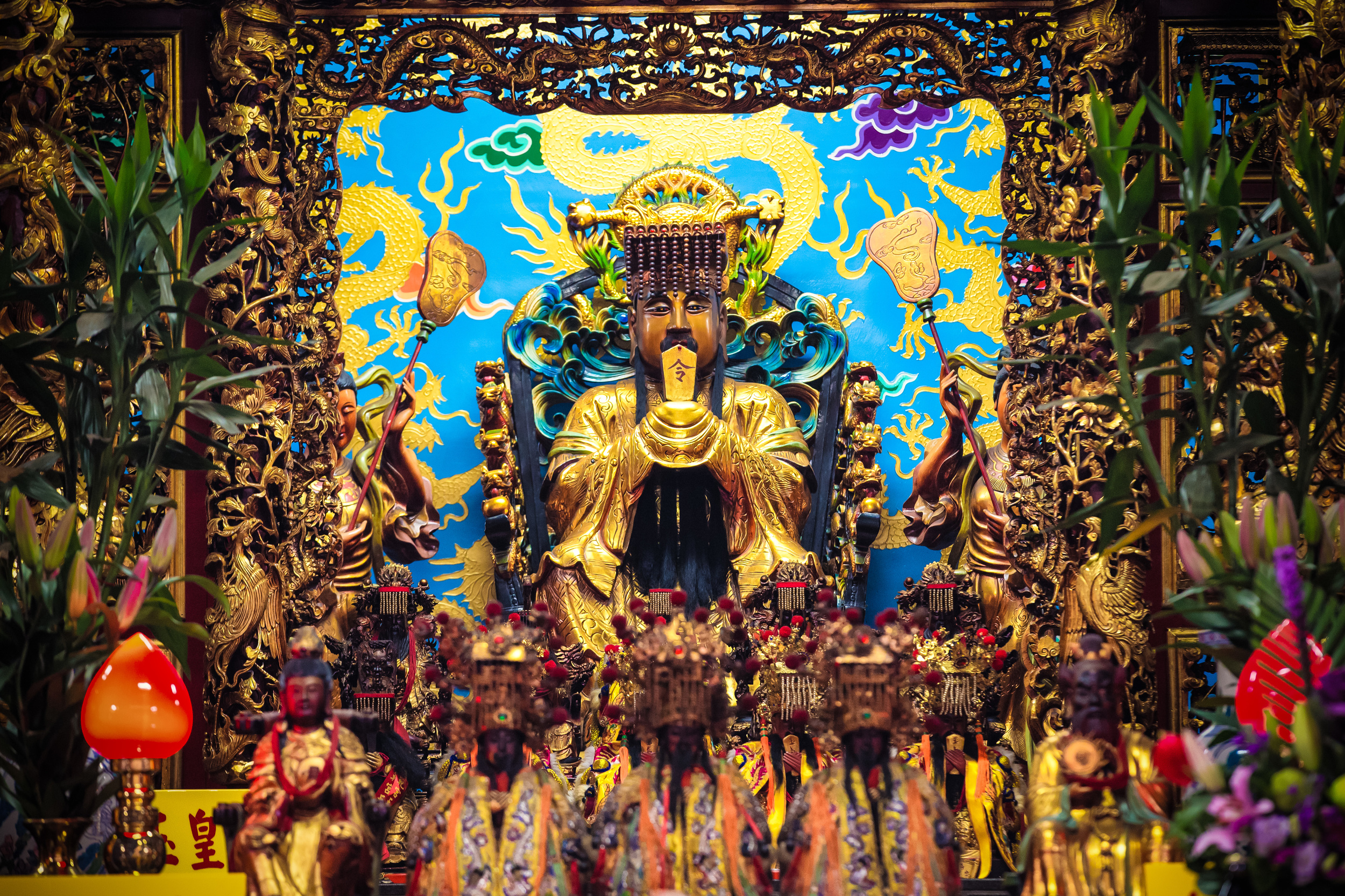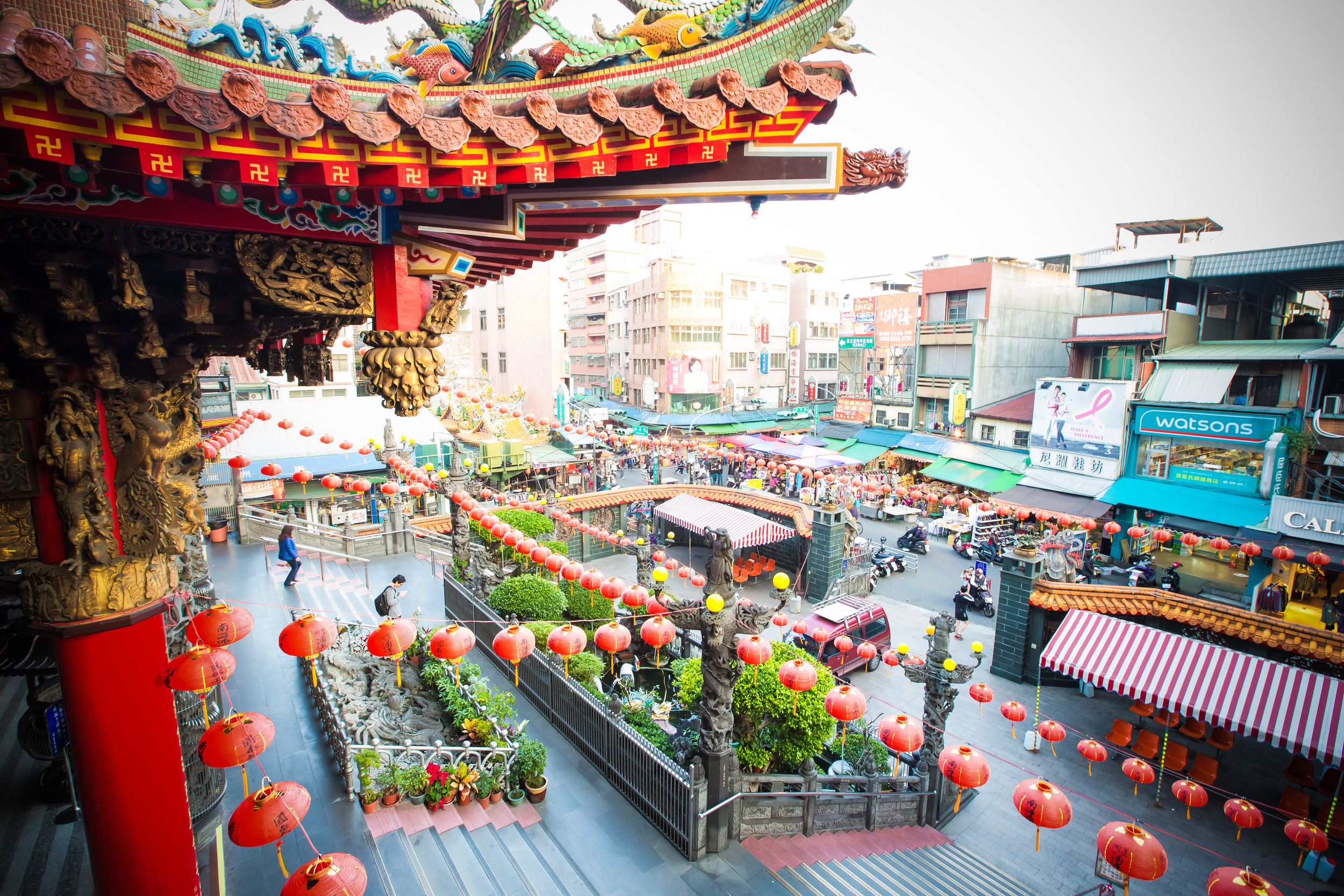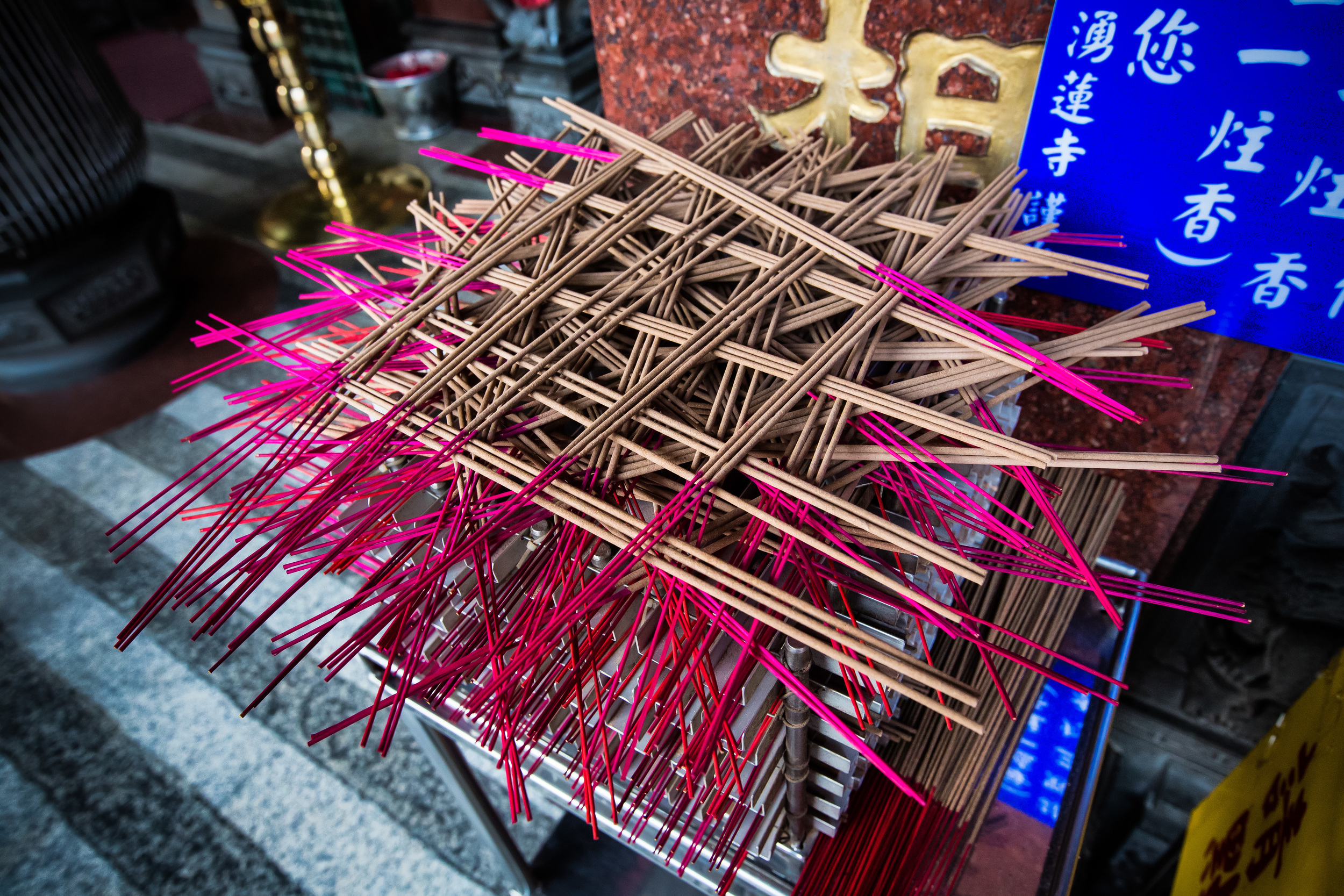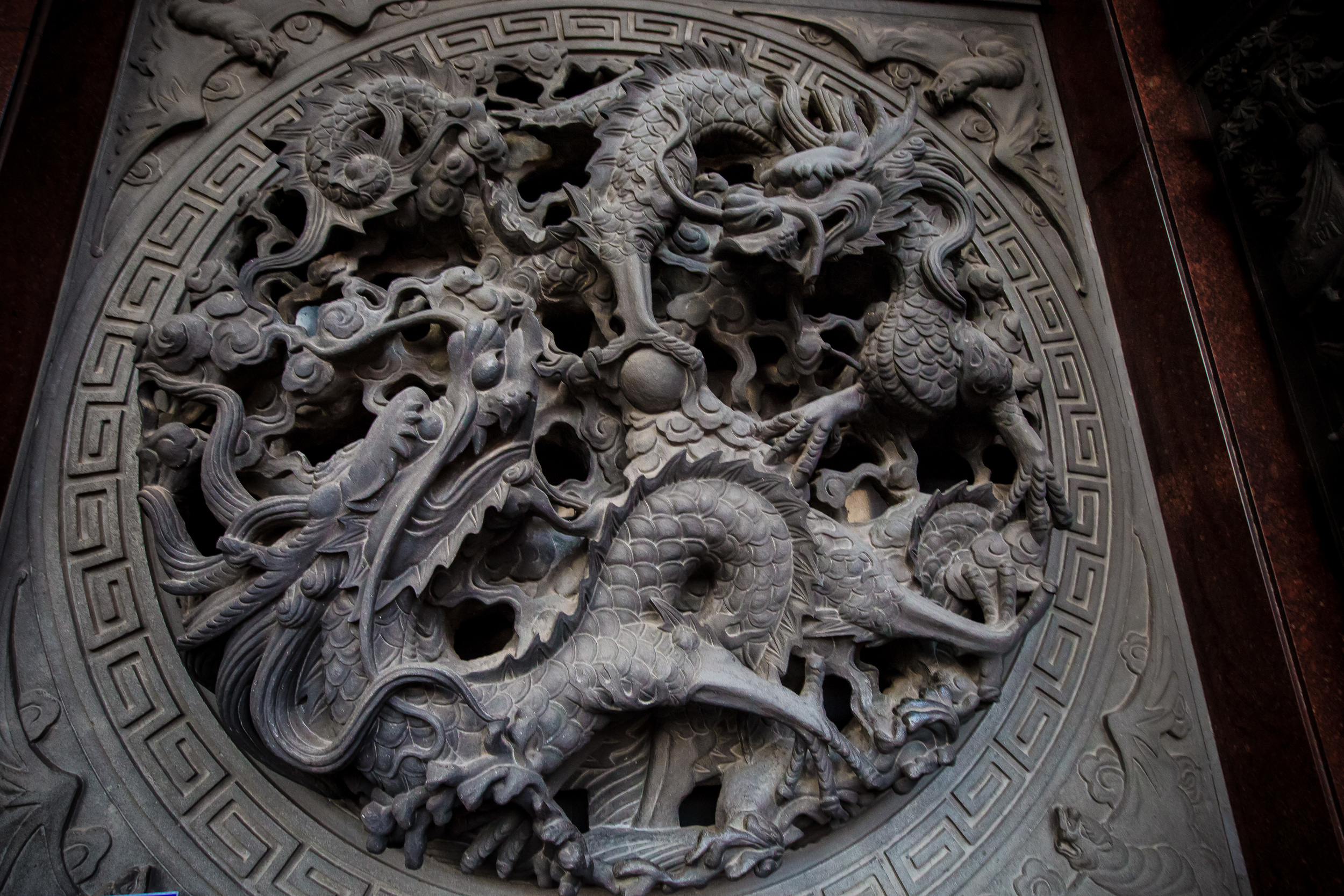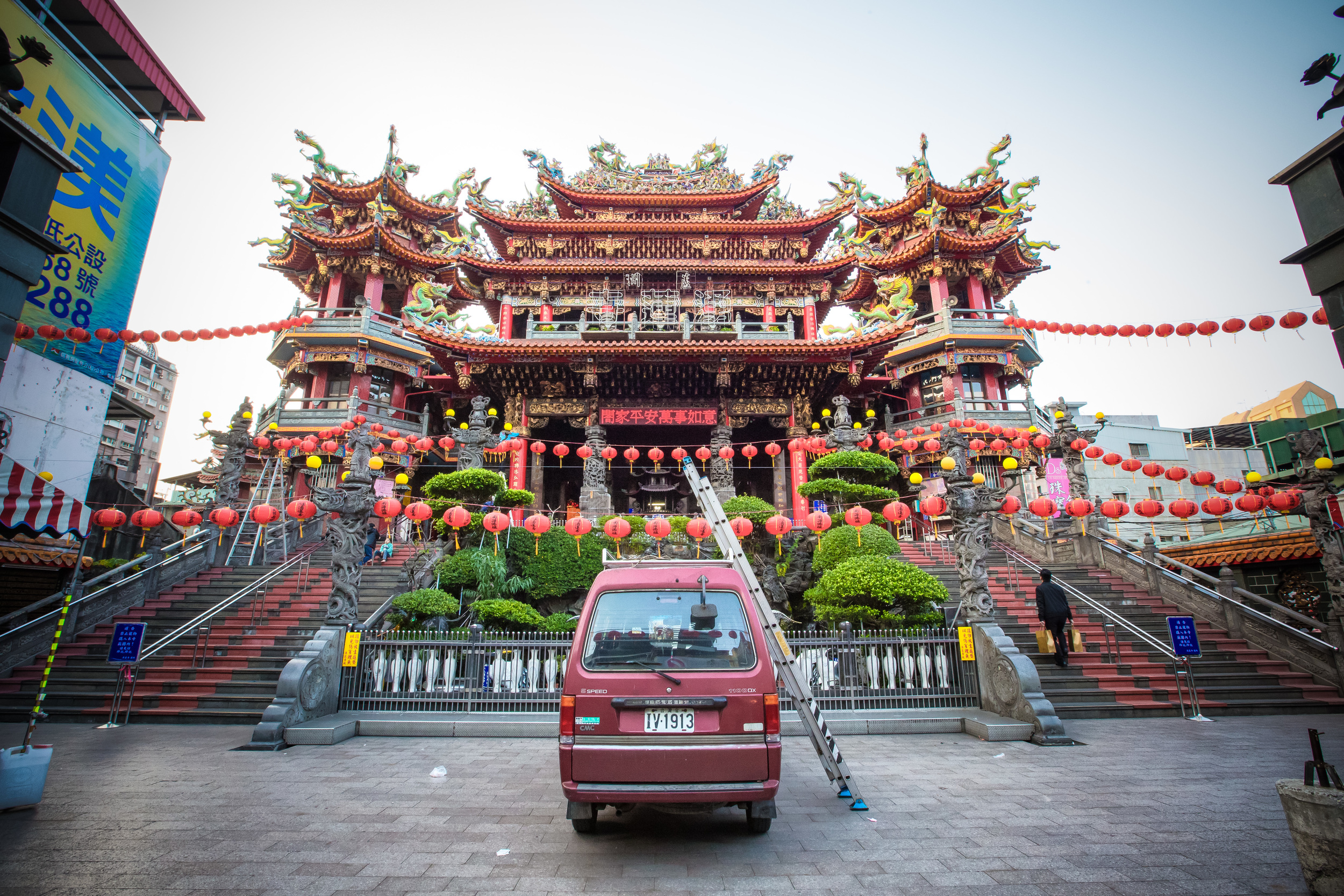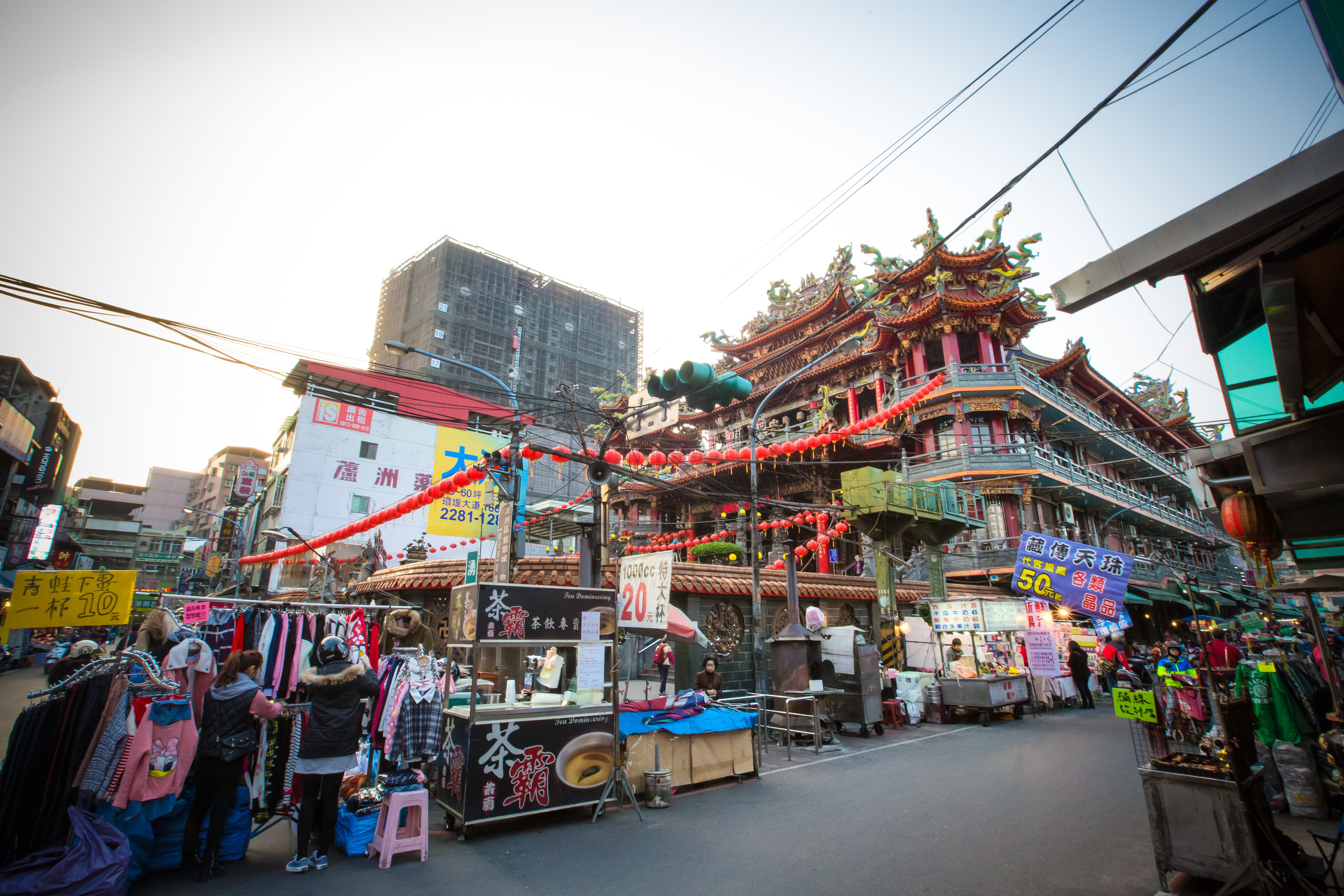The New Taipei City Government is extremely happy to talk about all the international attention and admiration that the Pingxi Sky Lantern Festival (新北市平溪天燈節) has received over the past few years. The Sky Lantern Festival has earned well-deserved international fame and is certainly one of the most popular and well known cultural events of the year in Taiwan.
The festival is a pretty powerful tool in attracting foreign visitors to Taiwan and raising the international profile of the country and was recently named as one of the world's fourteen most important festivals and one that you MUST ATTEND before you die - although I'm not sure anyone really plans on when they're going to die - so its probably just better to come as soon as possible!
The Sky Lantern Festival is visually stunning and an extremely cool event to take part in - especially if it is your first time. The event is attended by tens if not hundreds of thousands of people each year including Taiwanese celebrities, ambassadors from Taiwan's diplomatic allies and politicians of all levels up to and including the president.
Pingxi is a small mountain village in New Taipei City that is popular year-round for its sky lanterns and its natural surroundings. Apart from Sky Lanterns, there are quite a few popular tourist attractions to be found within the small Pingxi rail line including the Shifen Waterfall (十分瀑布) which is considered the "Niagara of Taiwan." and of course one of my favourite day-hikes, the Sandiaoling Waterfall Hike.
Pingxi is a small village with a population of around 6000 people, so the influx of thousands of people at one time would seem to me to make planning the Sky Lantern event a logistical nightmare. The New Taipei City government should be commended however for their efforts in getting everyone in and out as well as imposing traffic restrictions and crowd control measures in order to make the event a very safe one - Taiwan is an extremely efficient country and when the bureaucracy has the ability to perform in such an admirable way, you know something is going right.
The event is set up in several stages and each night of the festival there are typically over 3500 lanterns released into the sky with hundreds of lanterns being released each stage.
The dignitaries who take part in the event write their wishes for the new year on the lantern and release it into the sky hoping that their dreams will come true.
For readers who have no idea what a sky lantern is, it is basically a lantern made with rice paper and a wire frame that is lifted into the air by kerosene-soaked paper. When the paper is lit on fire, the hot air inside lifts the lantern into the sky and allows it to float for as long as five to eight minutes.
Pingxi happens to be the only place where it is legal to ignite sky lanterns in Taiwan as it is a temperate mountainous area where it rains at least 200 days a year on average. The risk of fire in the area is considerably less than in other areas of the country - That being said, with sky lanterns being flown into the sky by tourists every day of the year and then an estimated 10,000 or more being lifted into the sky during the three days of the festival - there is a considerably negative environmental impact on the region and that impact seems to be something that is rarely considered by the thousands revelling in the festival's joyous atmosphere.
I've been to the event three times and each time I tell myself that I won't go again but something keeps bringing me back. There are some great things about the festival, but at the same time there are still a lot of negatives and areas I believe that the city government can improve upon in order to make it much better for the people who visit. Below are a list of some of my pros and cons of the event:
Pros:
- The event is one of the world's best cultural events and if you live in Taiwan, its a great idea to take part while you have the opportunity.
- The New Taipei City government does an awesome job with transporting hundreds of thousands of people in and out of the Pingxi area.
- Dates have been added to the festival to compensate for the amount of interest and accommodating all the people who want to attend.
- Seeing the sky lanterns taking off is both awe-inspiring and breathtaking.
- The event is pretty awesome for photographers.
Cons:
- Pingxi is small - It is not suitable for the amount of interest that the festival attracts. The crowds are huge.
- The grounds of Pingxi Elementary School and Jingtong Elementary School are not big enough to fit the amount of people that come which causes some pretty terrible crowding and often flaring tempers giving me nightmares about stampeding.
- It is not convenient to get food or drinks or to use the bathroom during the event as you have to wait in line for a LONG time.
- Photographers are given priority over normal spectators. A lot of photographers camp out for spots and if you plan on shooting the event you need to arrive several hours in advance to get a space (at least 12 hours)
- Photographers use large tripods over 2-3 meters tall and sit on ladders to get the best wide-angle view of the lanterns taking off from the ground which ultimately blocks the view of all the people who come to the festival and have to stand behind them.
- It is not set up well for children as parents likely have to lift their children up onto their shoulders so that they can see what is happening due to all the photographers on ladders in front of everyone.
- Getting to Pingxi is easy, but despite the best efforts of the New Taipei City government, getting out of the area is difficult due to the sheer number of people trying to leave. You may end up waiting in line for hours.
- If you don't live in Taipei and need to take a train or a bus to other cities, you may be out of luck getting back in time.
Despite a longer list of cons, I still believe however that if you haven't had the chance to attend the Pingxi Sky Lantern Festival, you should make sure to get yourself to Pingxi to experience the festival at least once.
Thursday March 5th is the last day of the event for 2015 and it will be located near Shifen Station. There will be eight stages between 6:00 and 8:30, so if you are free that day try to get out and check it out. It is on a Thursday, so I imagine the crowds won't be as bad as they were on 2/22 and 2/27.
You should still take some of the cons into consideration and my best advice to you is to get to the festival well in advance of the first release and only stay long enough to see the first and second stage before getting yourself in line for the shuttle bus as soon as possible.
The Pingxi Sky Lantern Festival is beautiful, I've gone several times and have enjoyed my time while there - I have seen it enough though so I don't think I will be going back in the future as I'm not really a big fan of massive crowds nor am I inclined to arrive twelve hours early to get a space to take photos. Like I said though, if you haven't been - Get yourself there, brave the crowds, suffer the frustration of waiting in long longs and enjoy yourself!
Getting to Pingxi
Getting to the Festival is easy: Take the Taipei MRT to the Taipei Zoo MRT Station (動物園捷運站) and from there line up for the shuttle bus to Pingxi. The shuttle bus is 50NT dollars and includes the return trip. There are two lines for the bus, the line one the right (which will be the longest line) is for people who want to have a seat on the bus - and the line on the left (which is much faster) is for those who don't mind standing for the 30 minute drive up the mountain.
If you plan on driving a car or a scooter, the furthest you will be able to get is the Shiding Interchange (石碇交流道) where you will be able to park and line up for the shuttle bus. The city government has blocked access to Pingxi for all traffic except for those who are residents of Pingxi.











